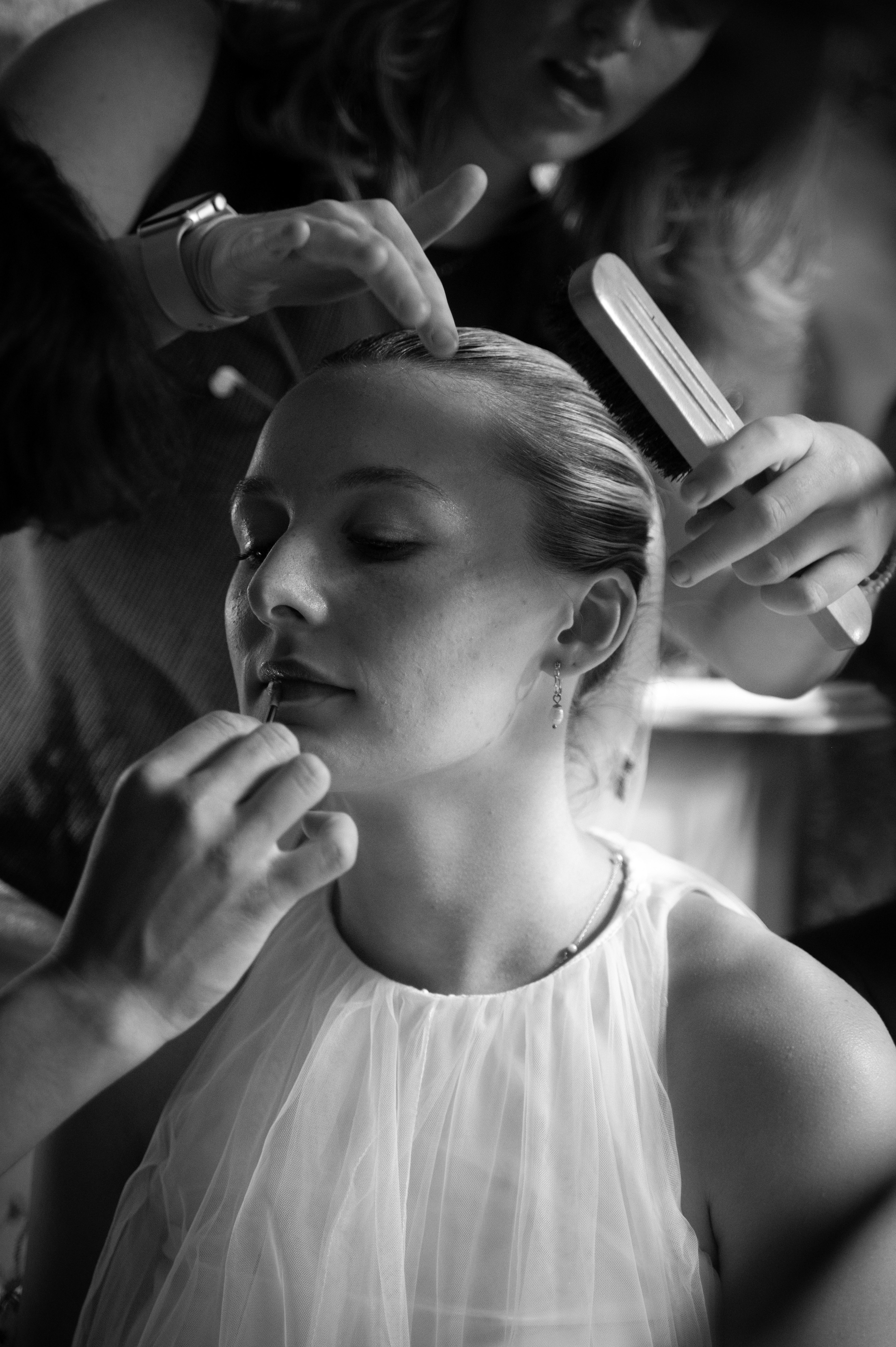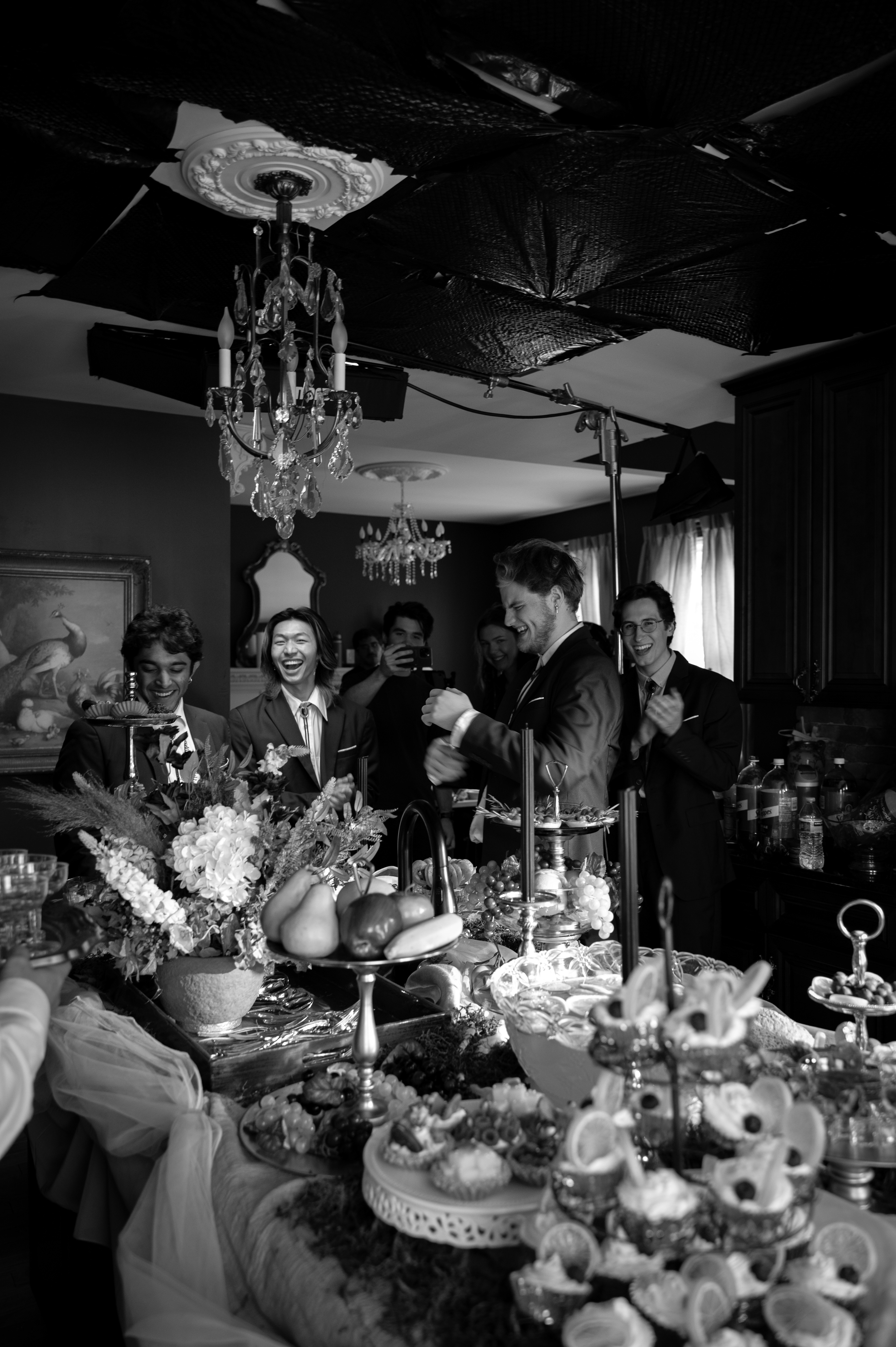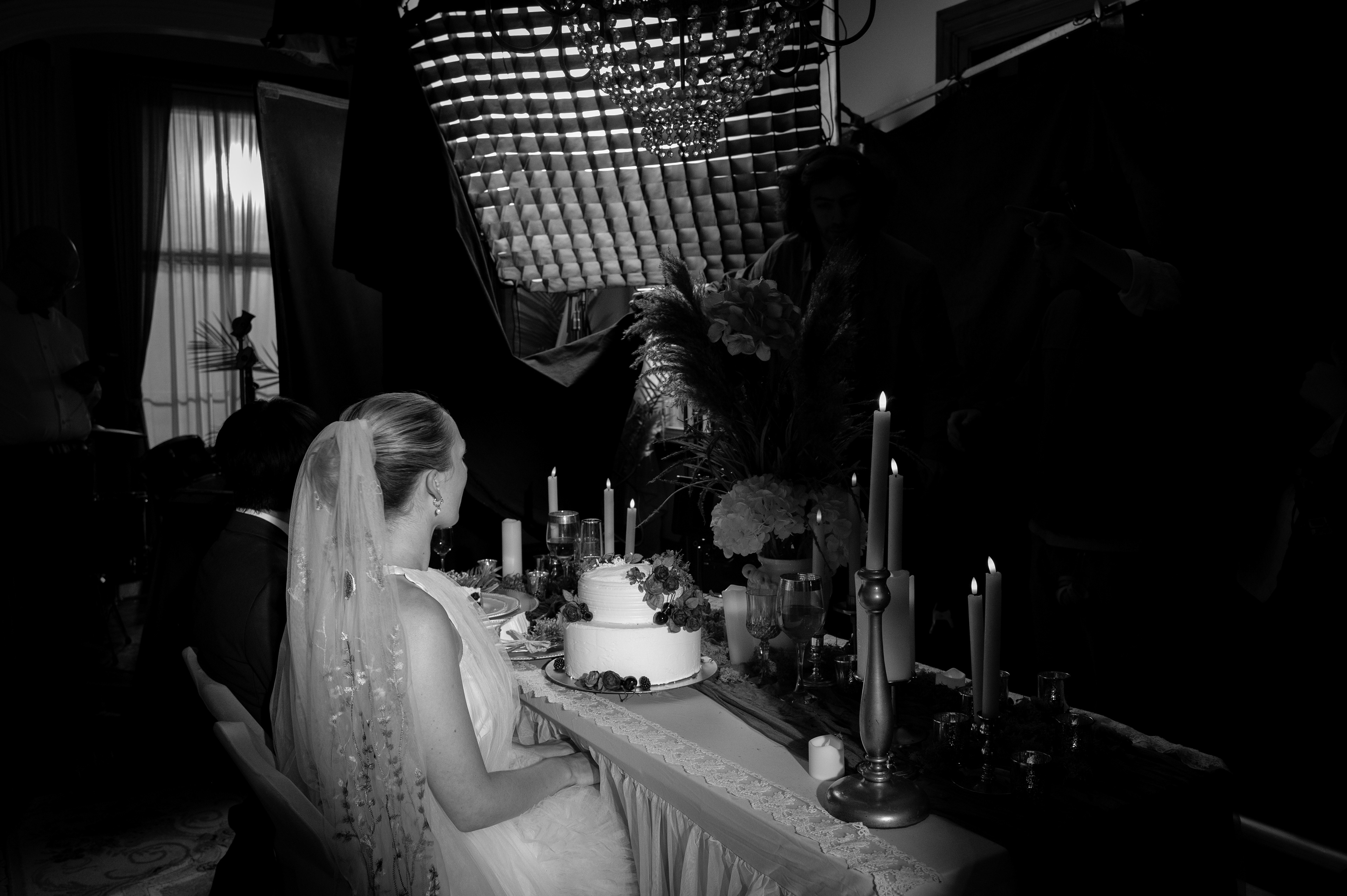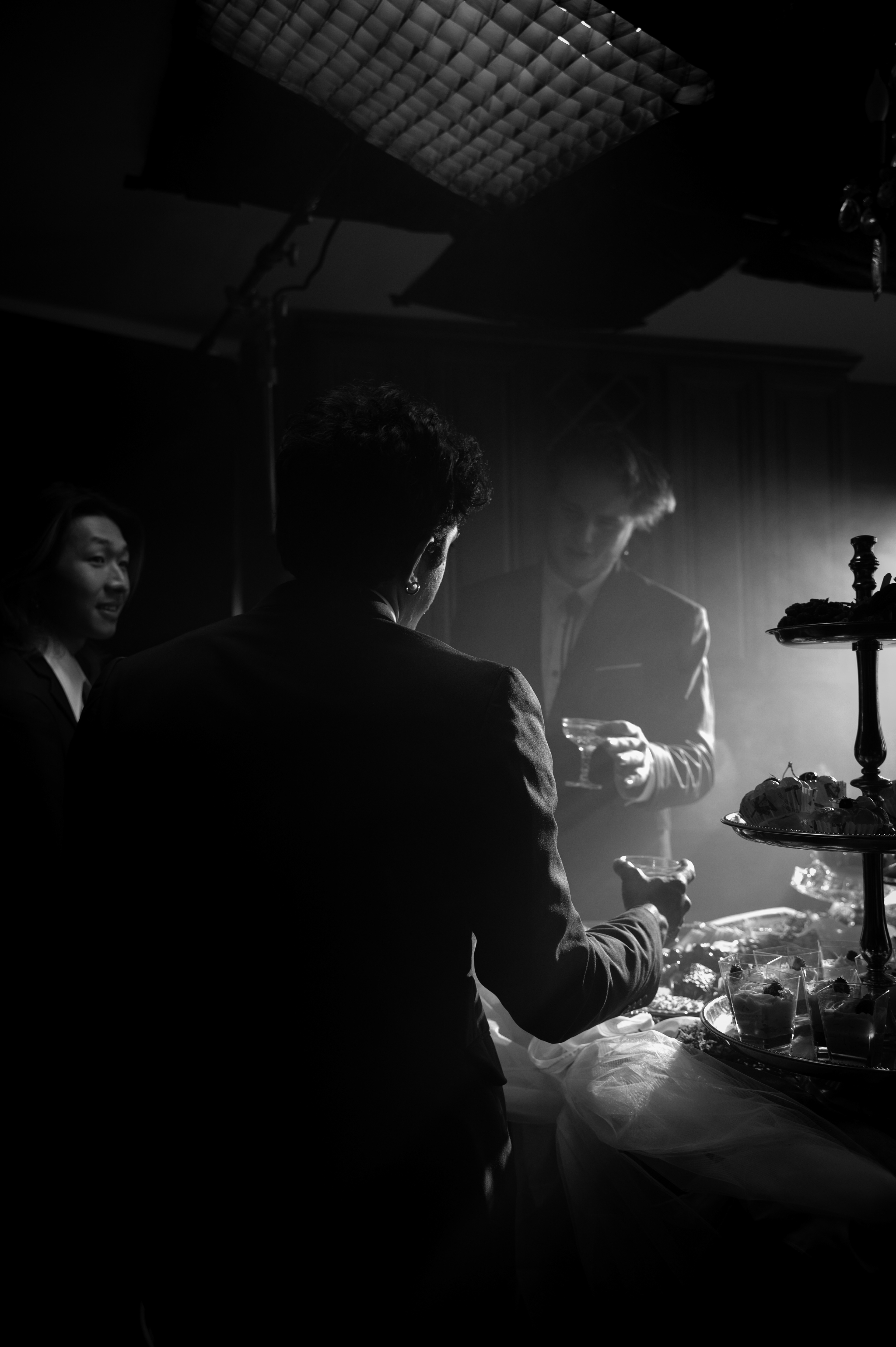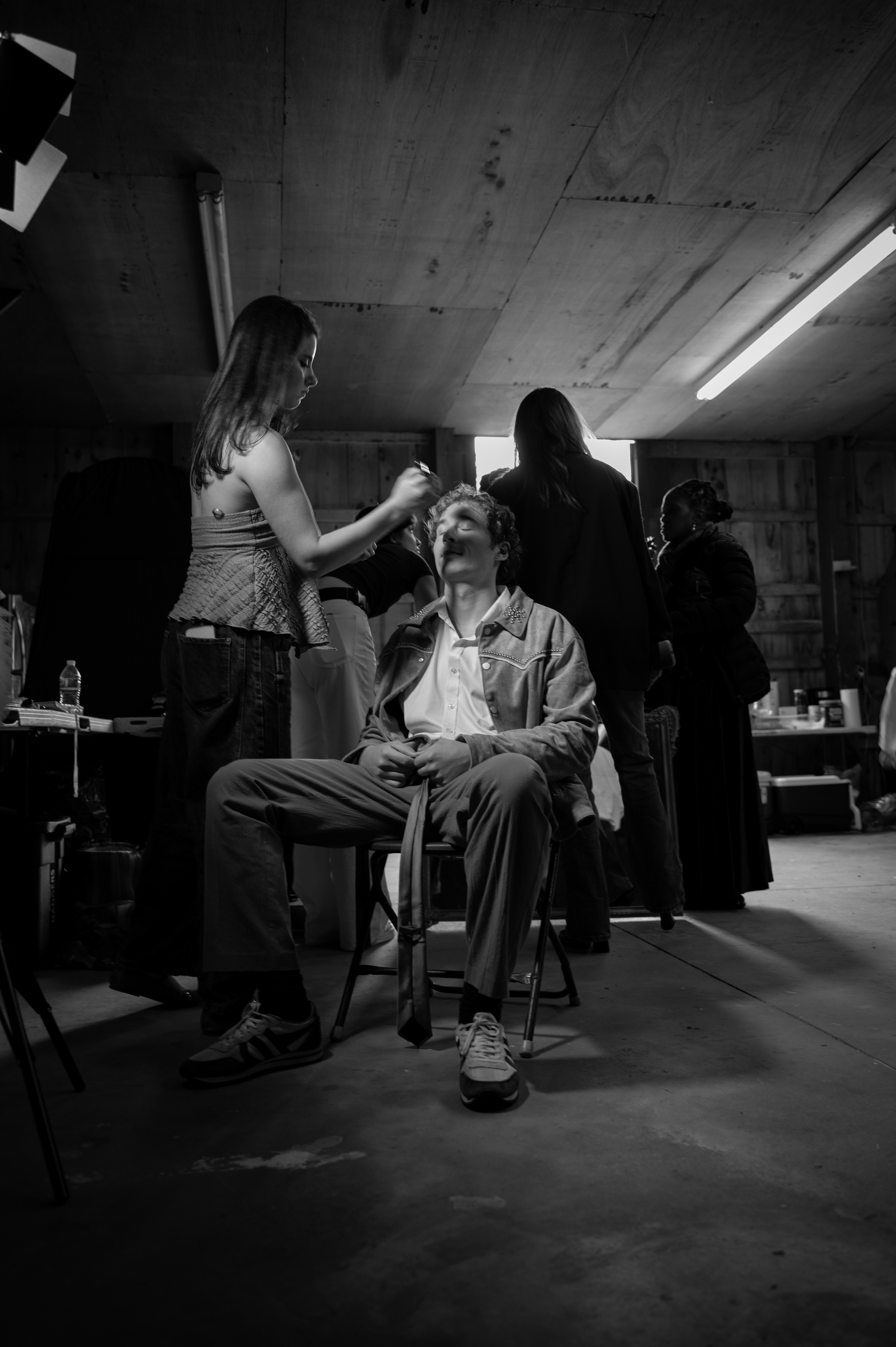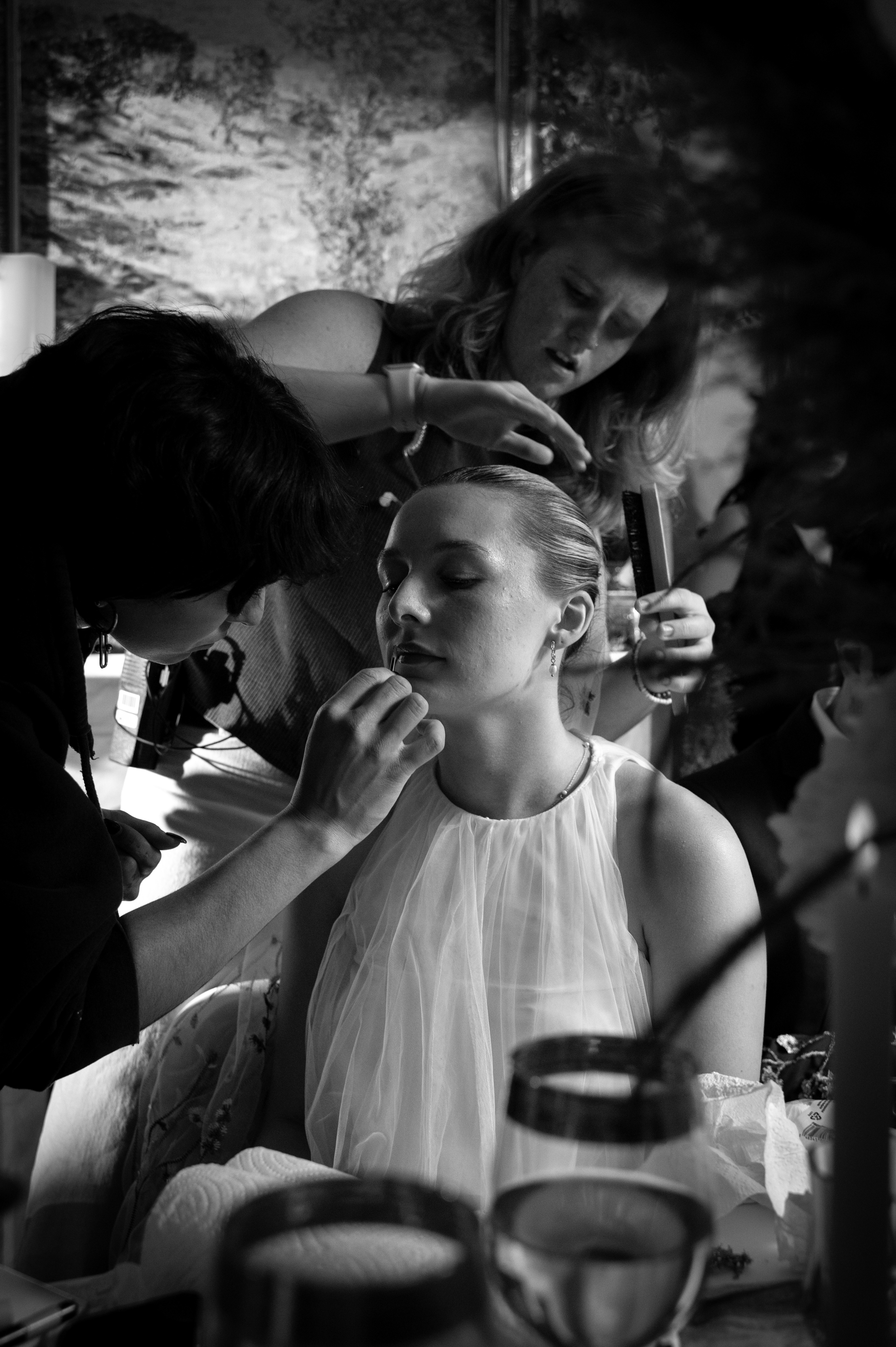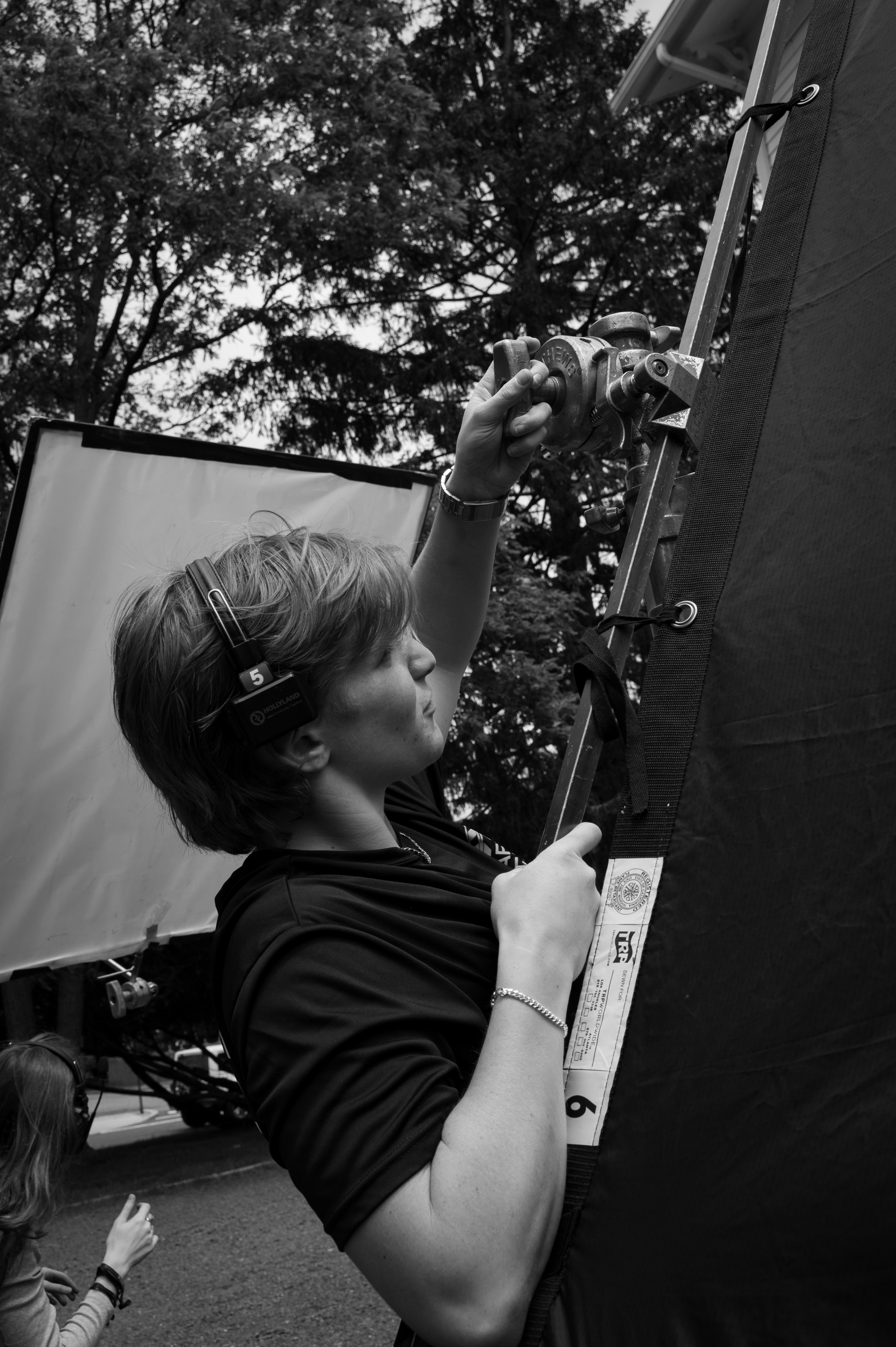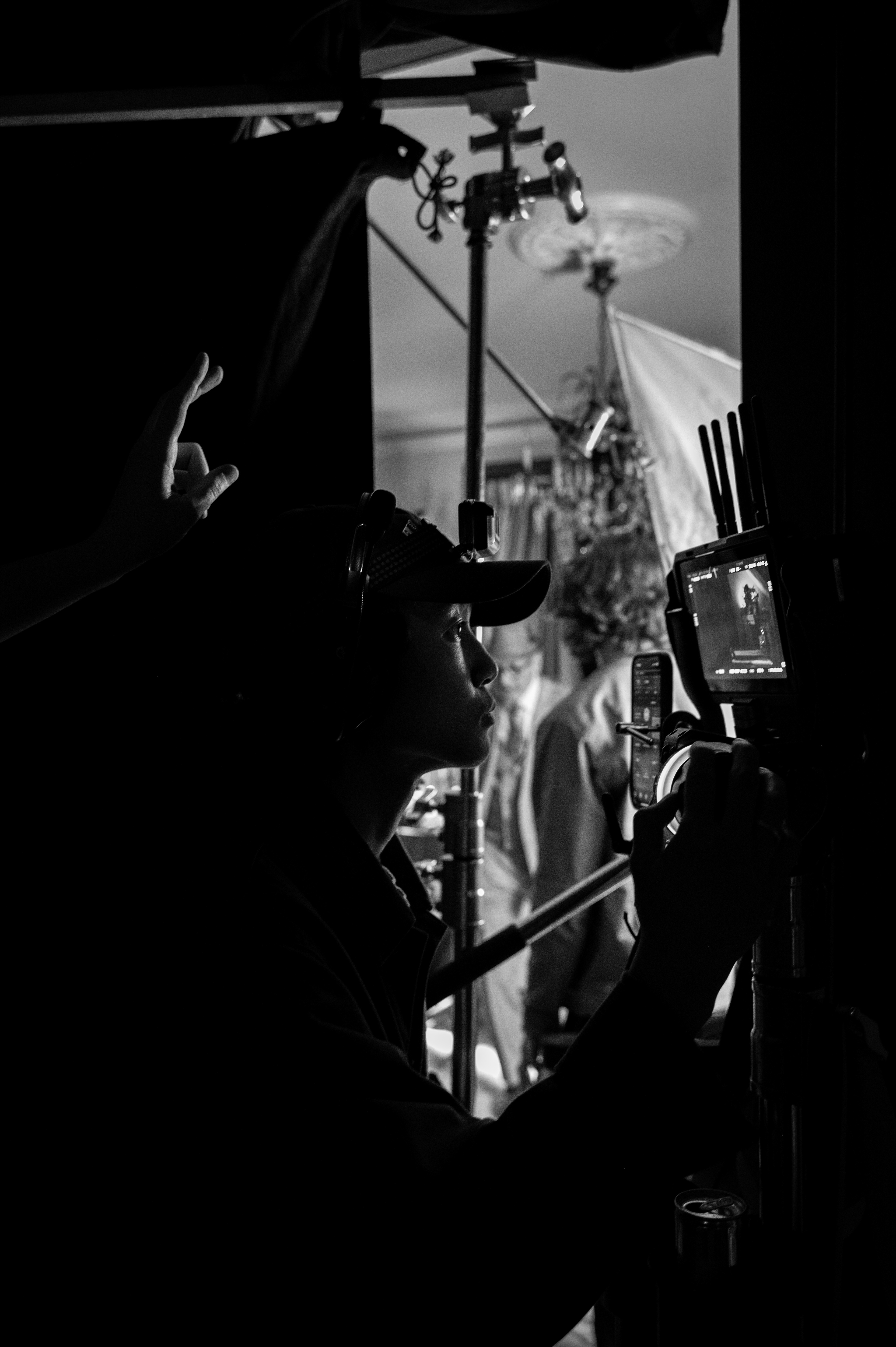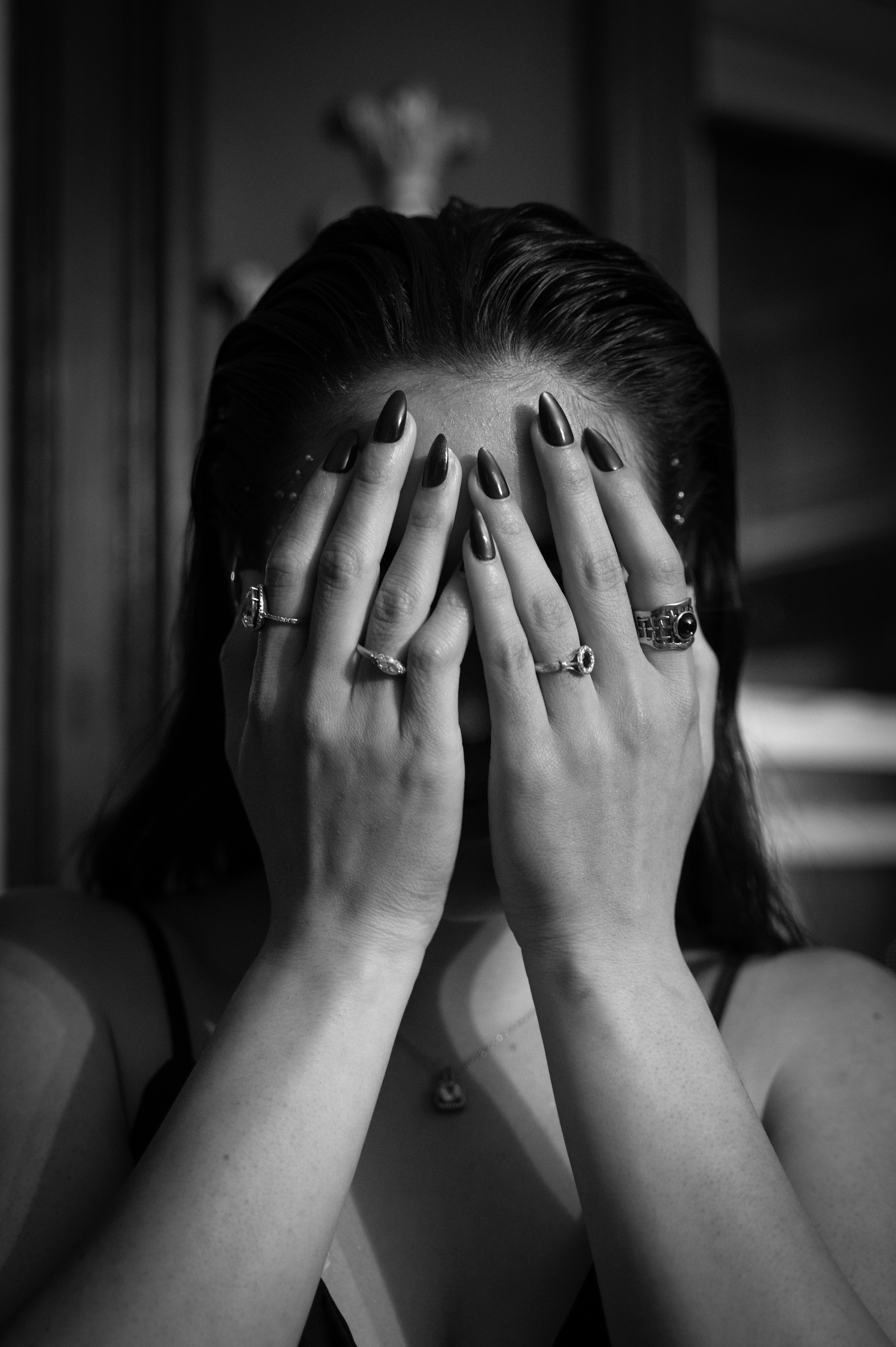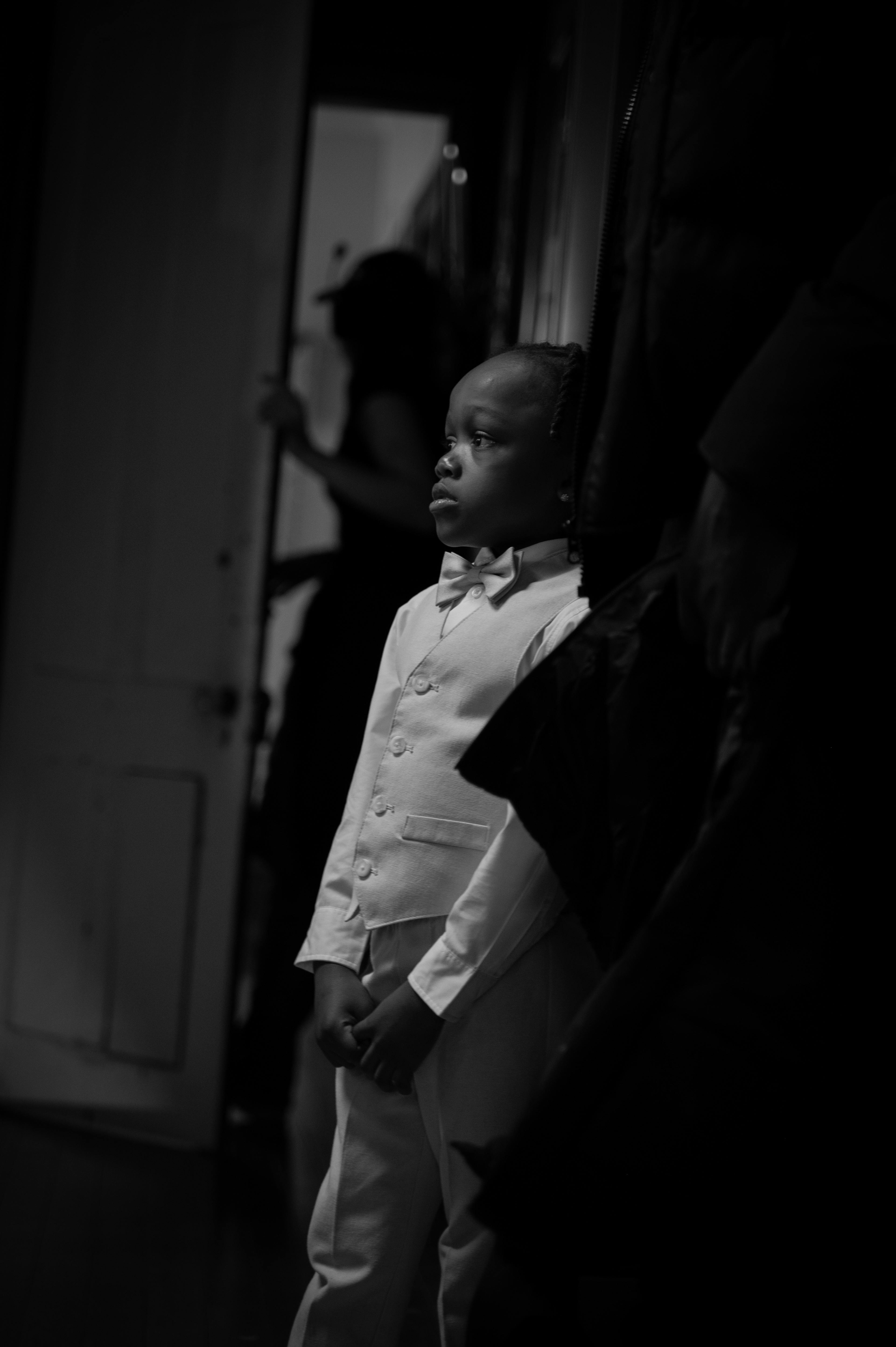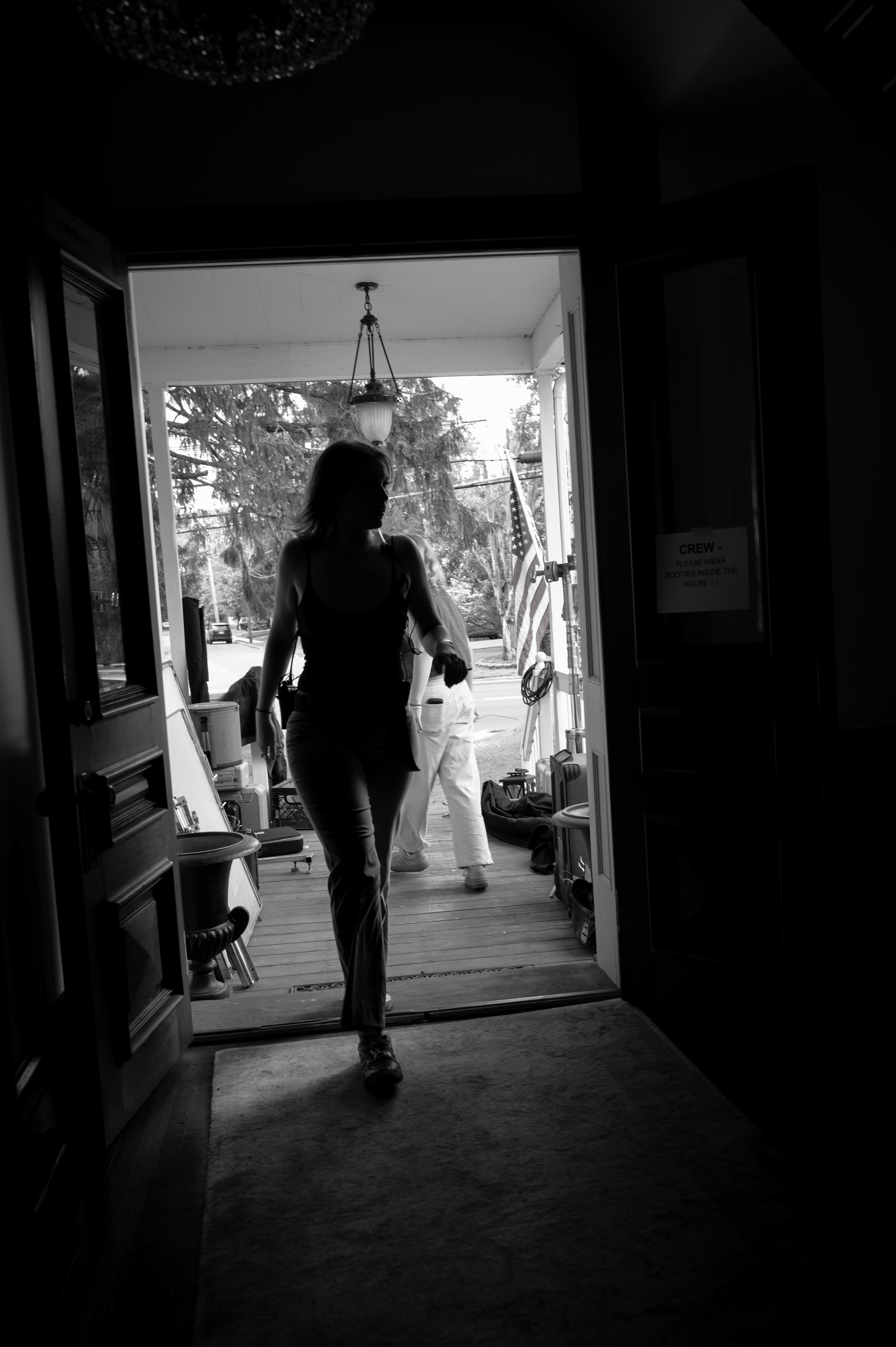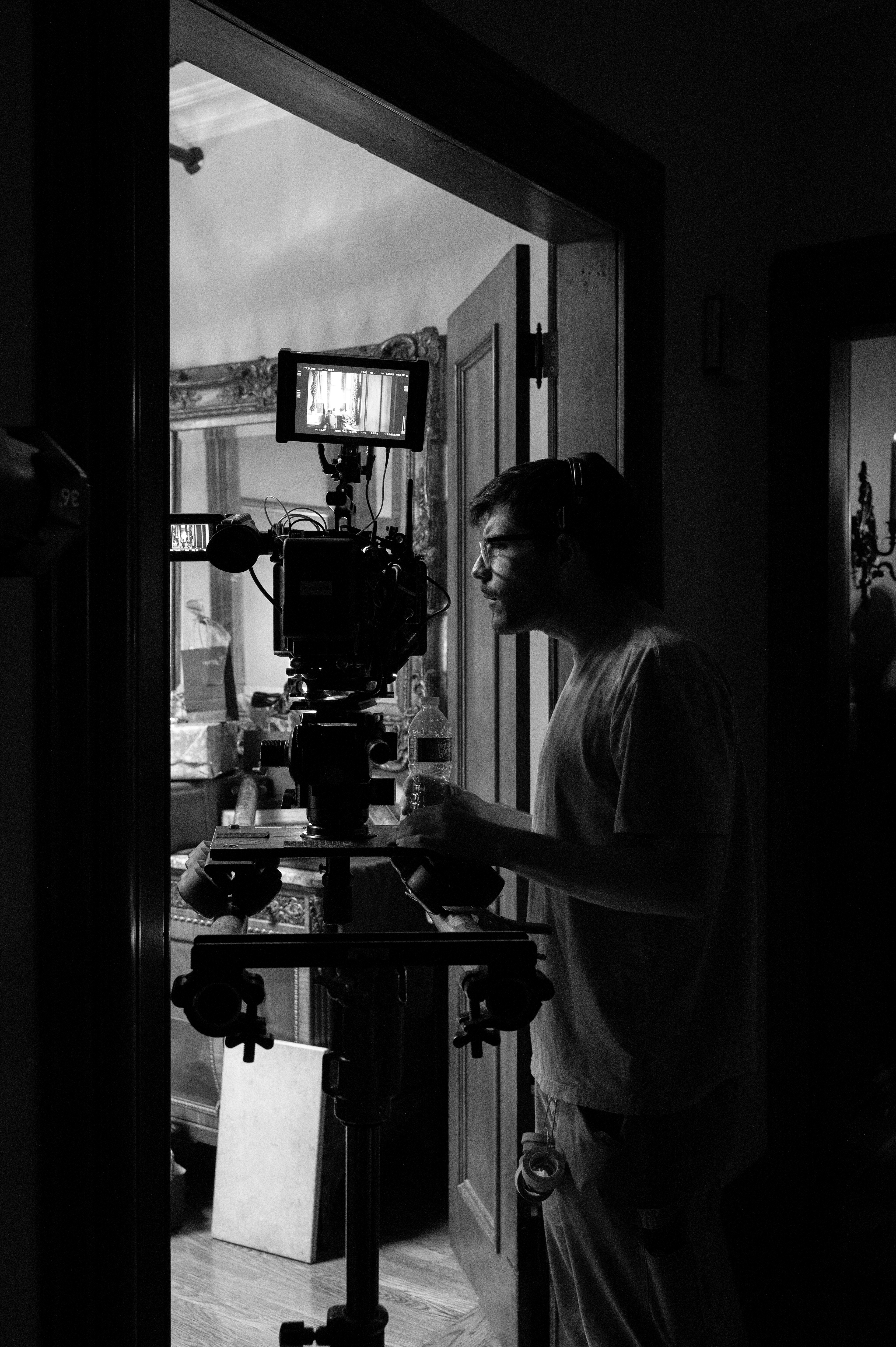Niccola Civita
Niccola Civita is a director, film photographer, and producer originally from São Paulo, Brazil, who is now based in New York City. As a dyslexic artist, visual storytelling has always been Niccola’s clearest form of communication. That instinct to express through images shapes everything he creates.
Niccola has written, directed, produced, and edited a wide range of short films; many of which started small and expanded into full-scale productions. He is currently developing several new narrative projects and directing a series of music videos that merge story and style in fresh, unexpected ways.
In addition to his work in film, Niccola shoots 35mm film photography as a way to slow down, observe, and connect with the world around him. Whether he’s building a cinematic world or capturing a fleeting moment in a still frame, he is always searching for the emotional core of the image.
He frequently collaborates with his brother and creative partner, Maximilian Civita, a screenwriter and actor. Together, they tell stories that are strange, personal, and alive; stories that don’t just stay with you, but ask something of you.
Film Photography
Photoshoot:
Creative Director: Grace Roden
Talent: Lilia Buckingham & Emma Garner
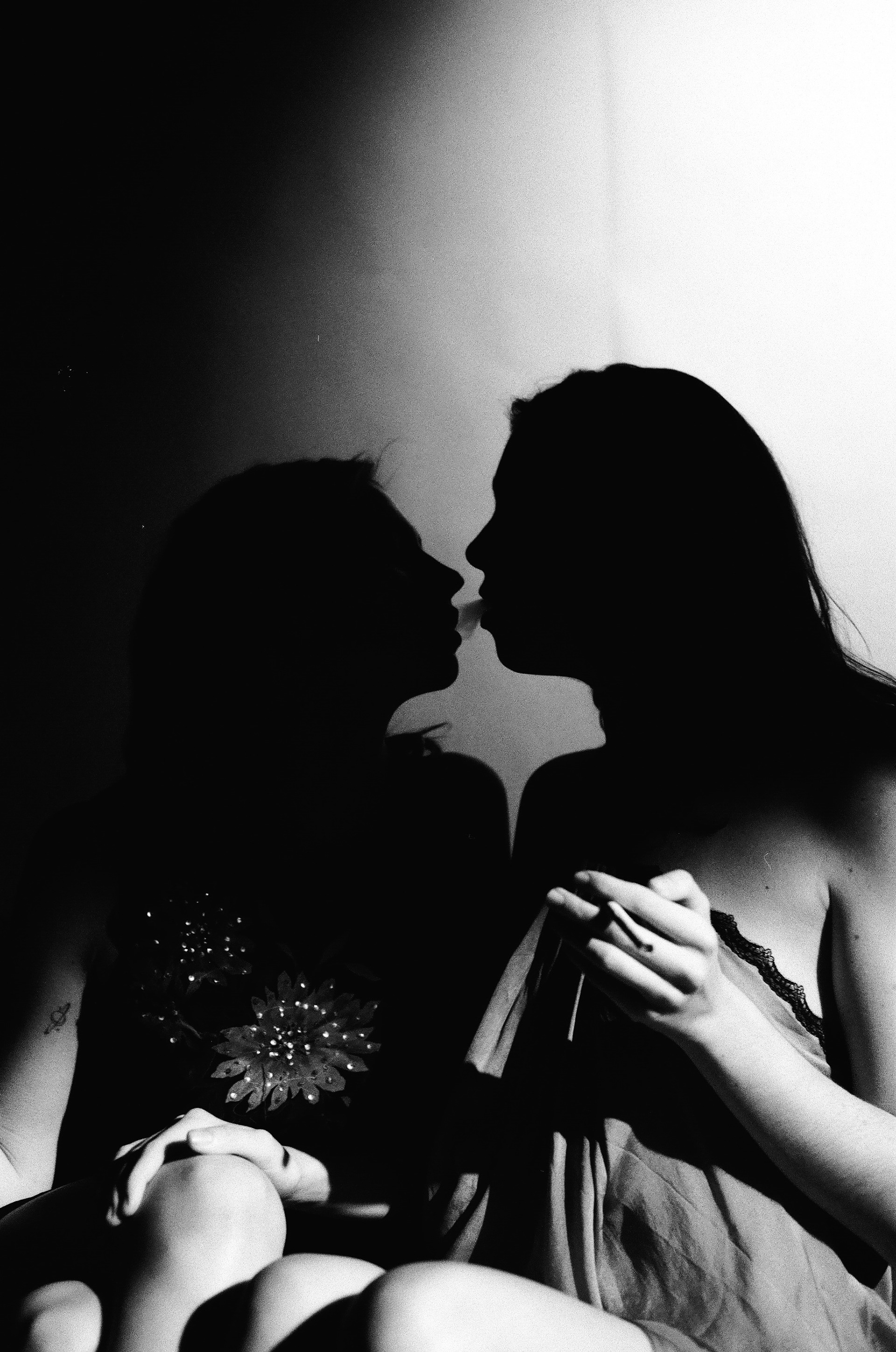
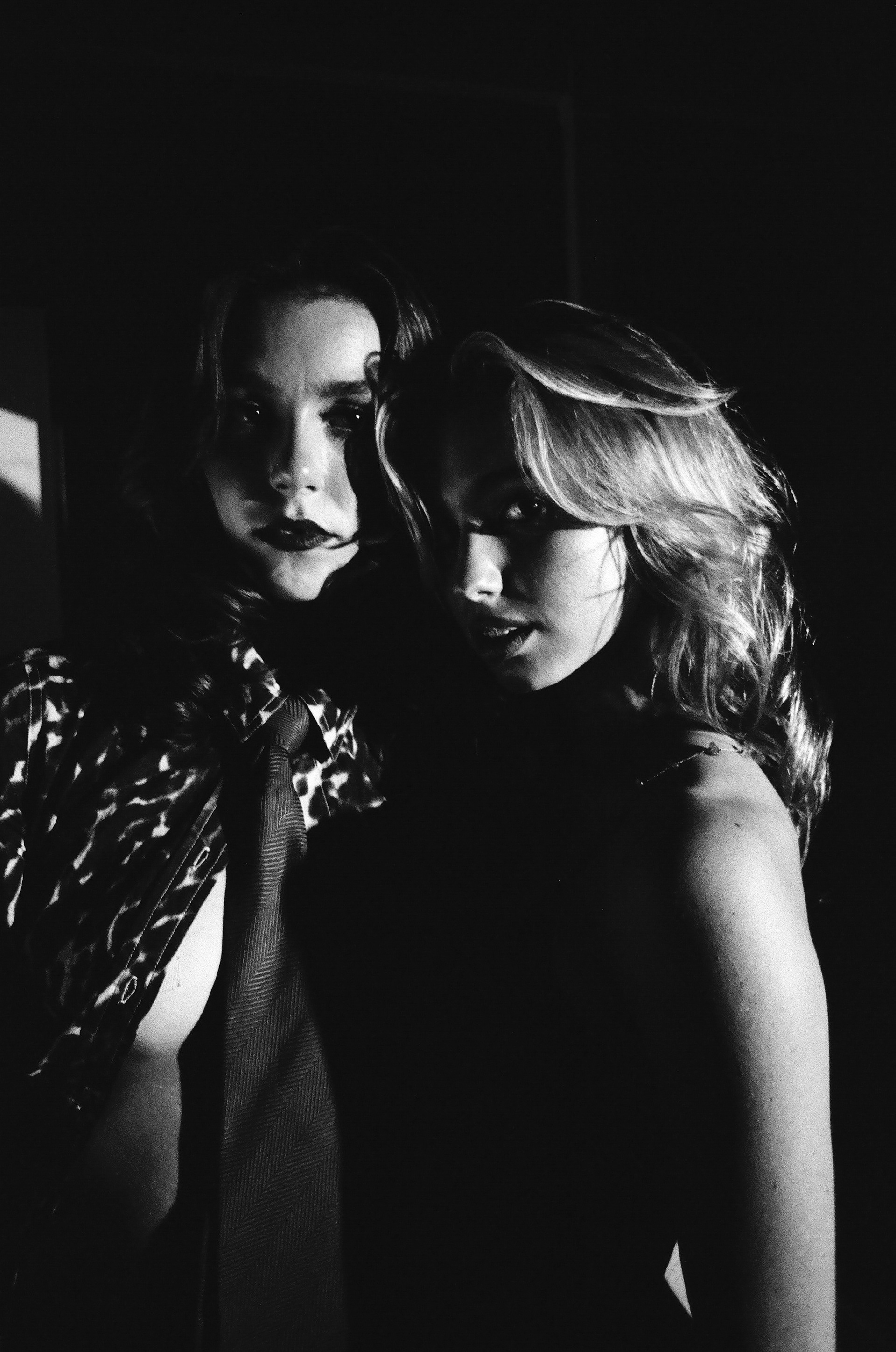

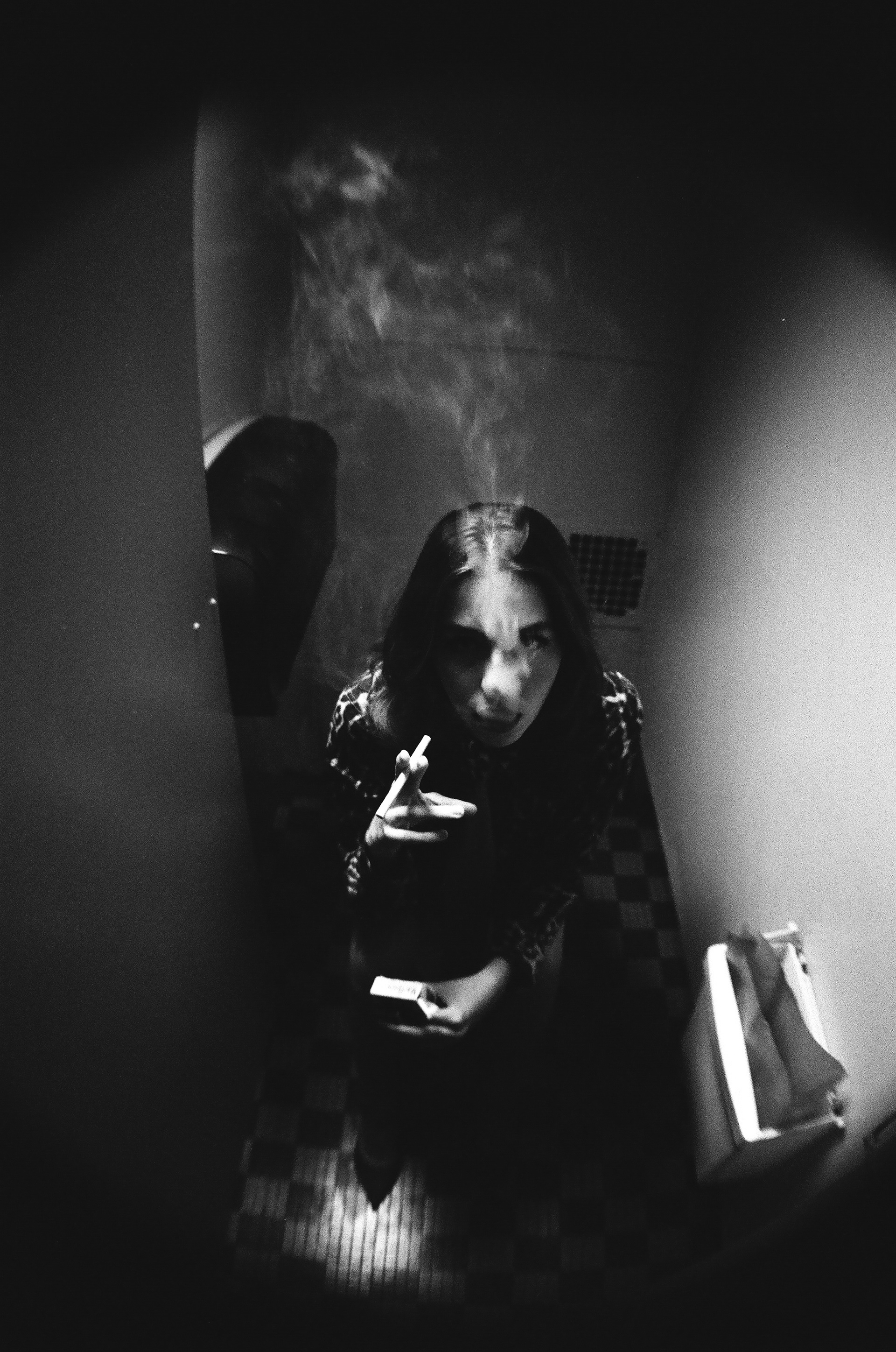

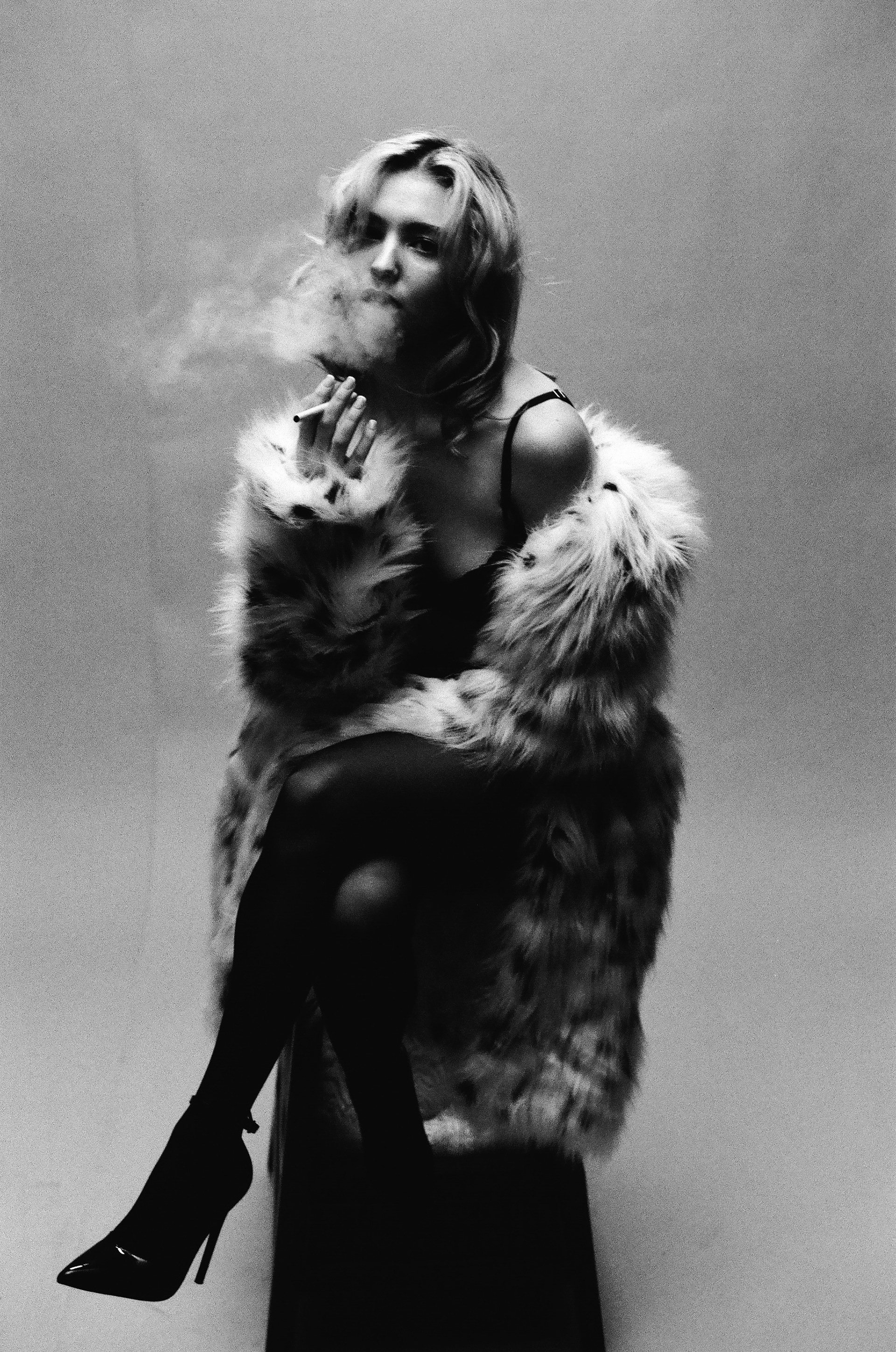
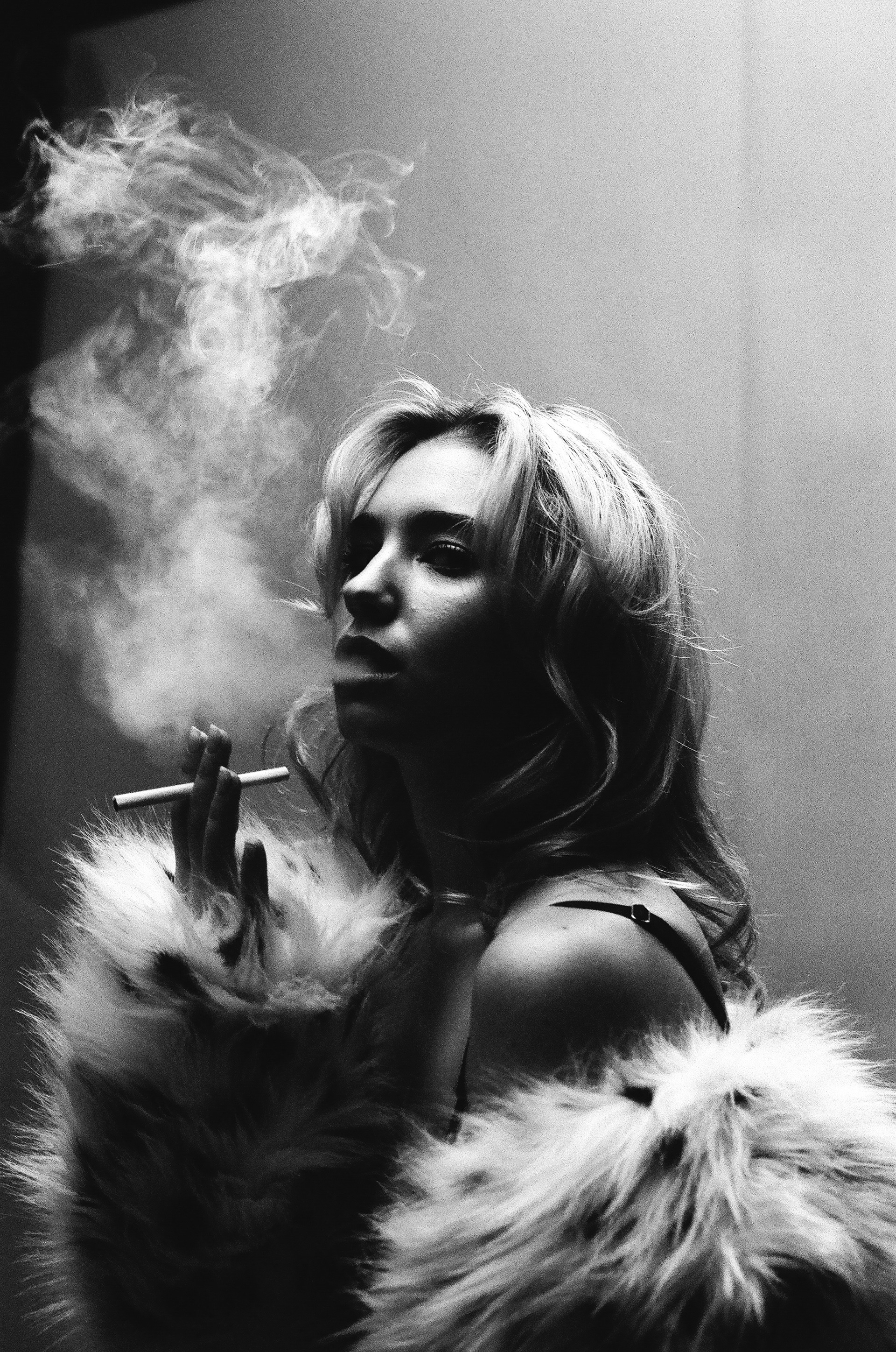
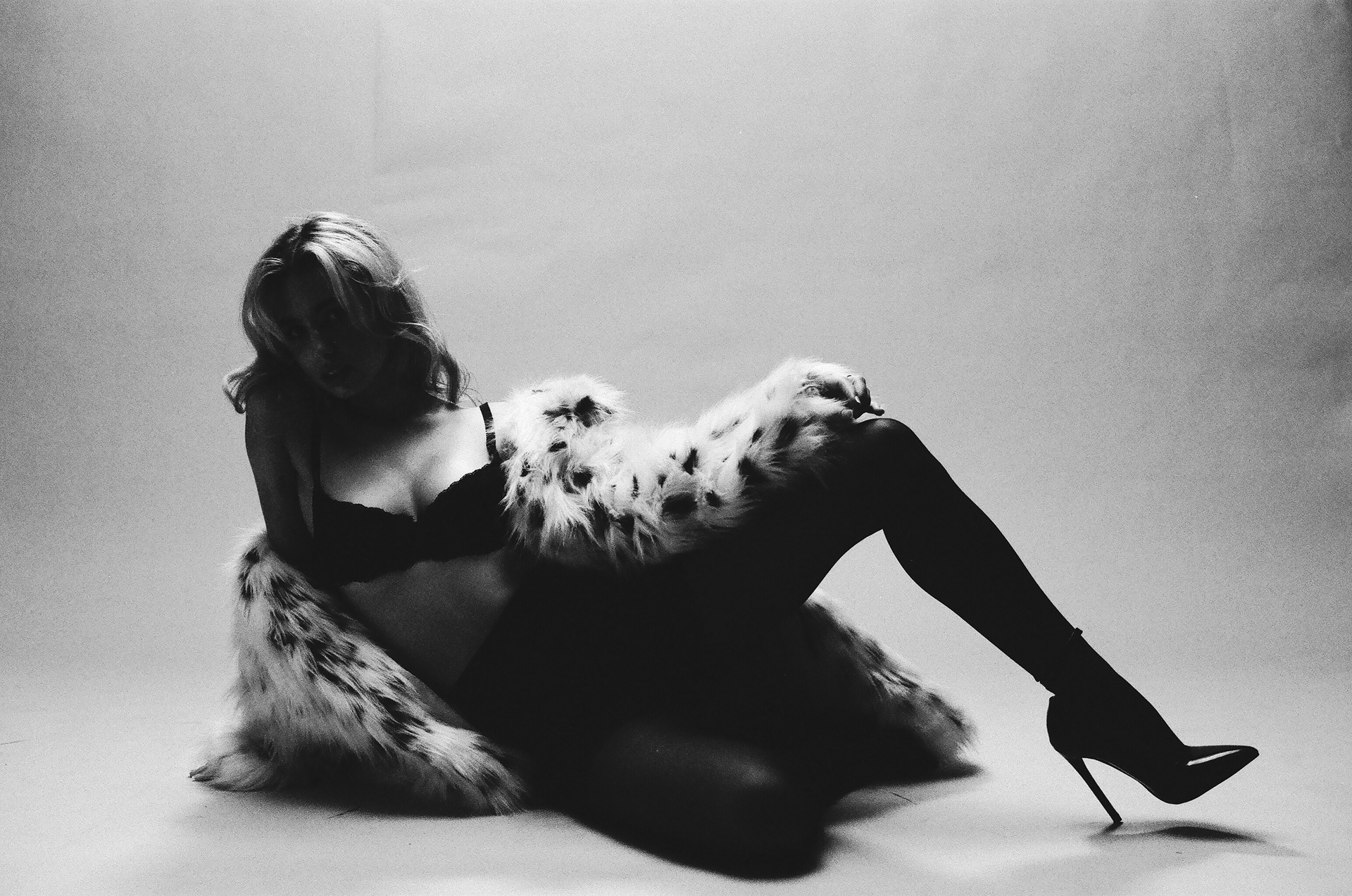

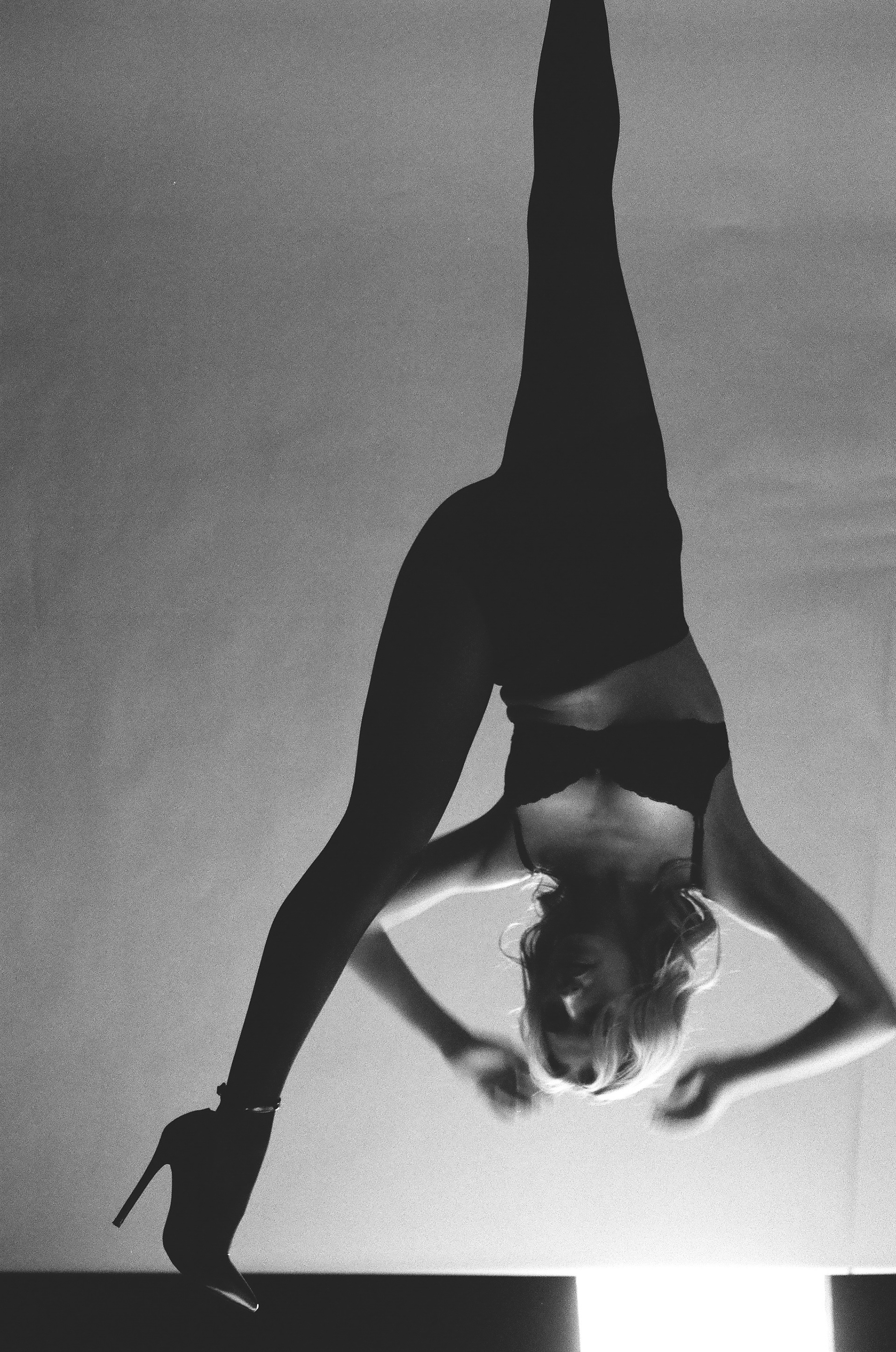
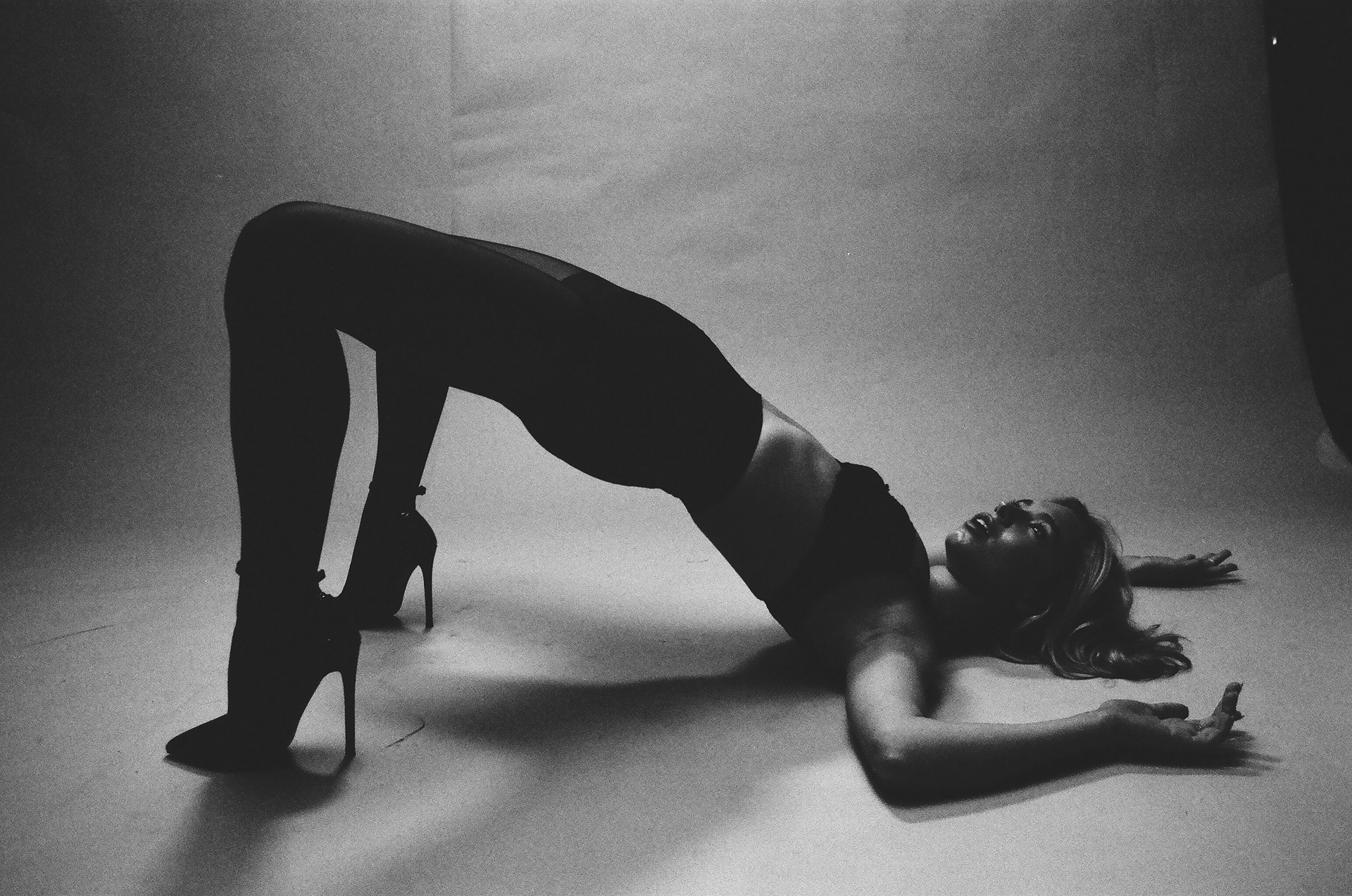

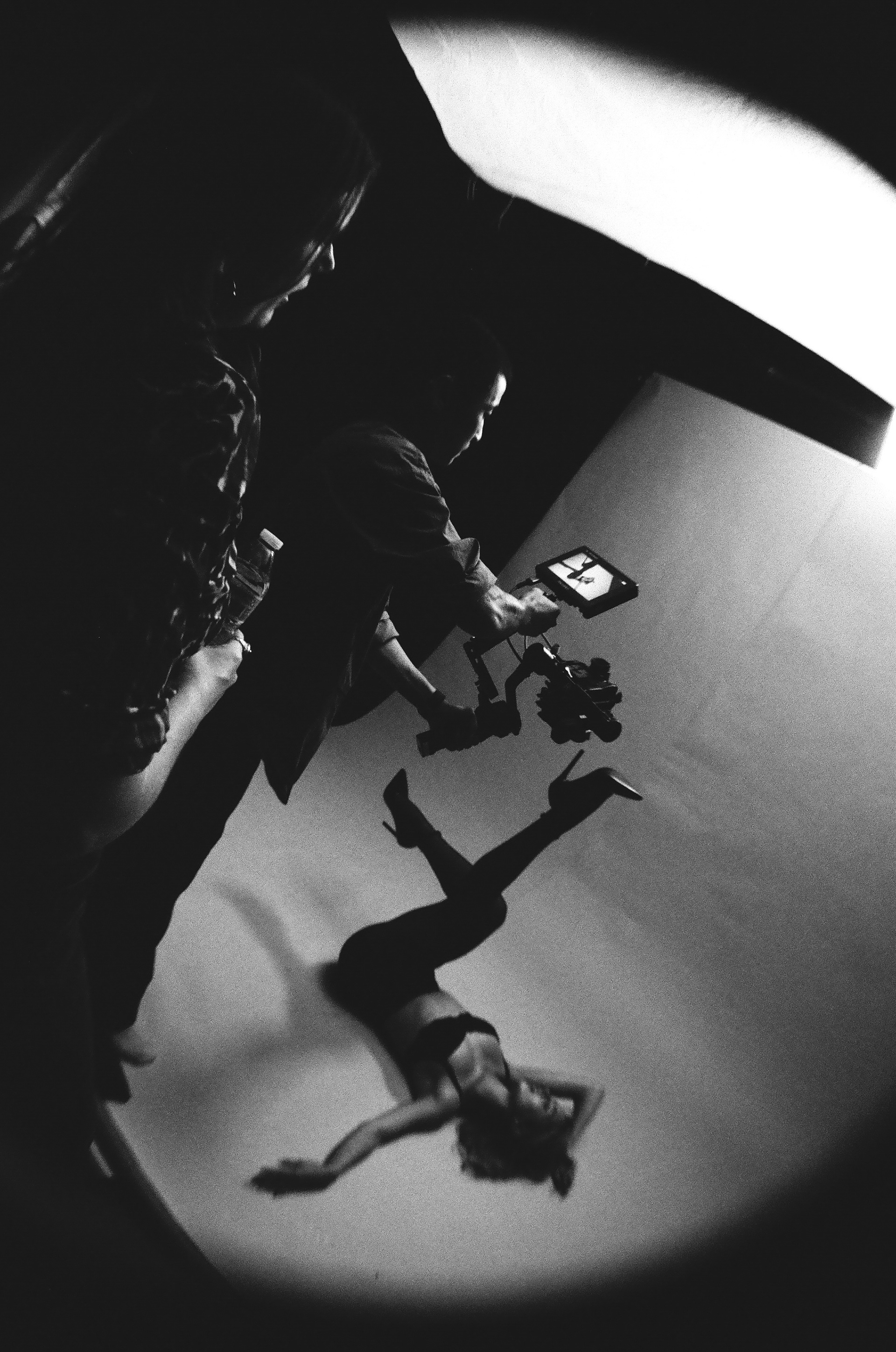

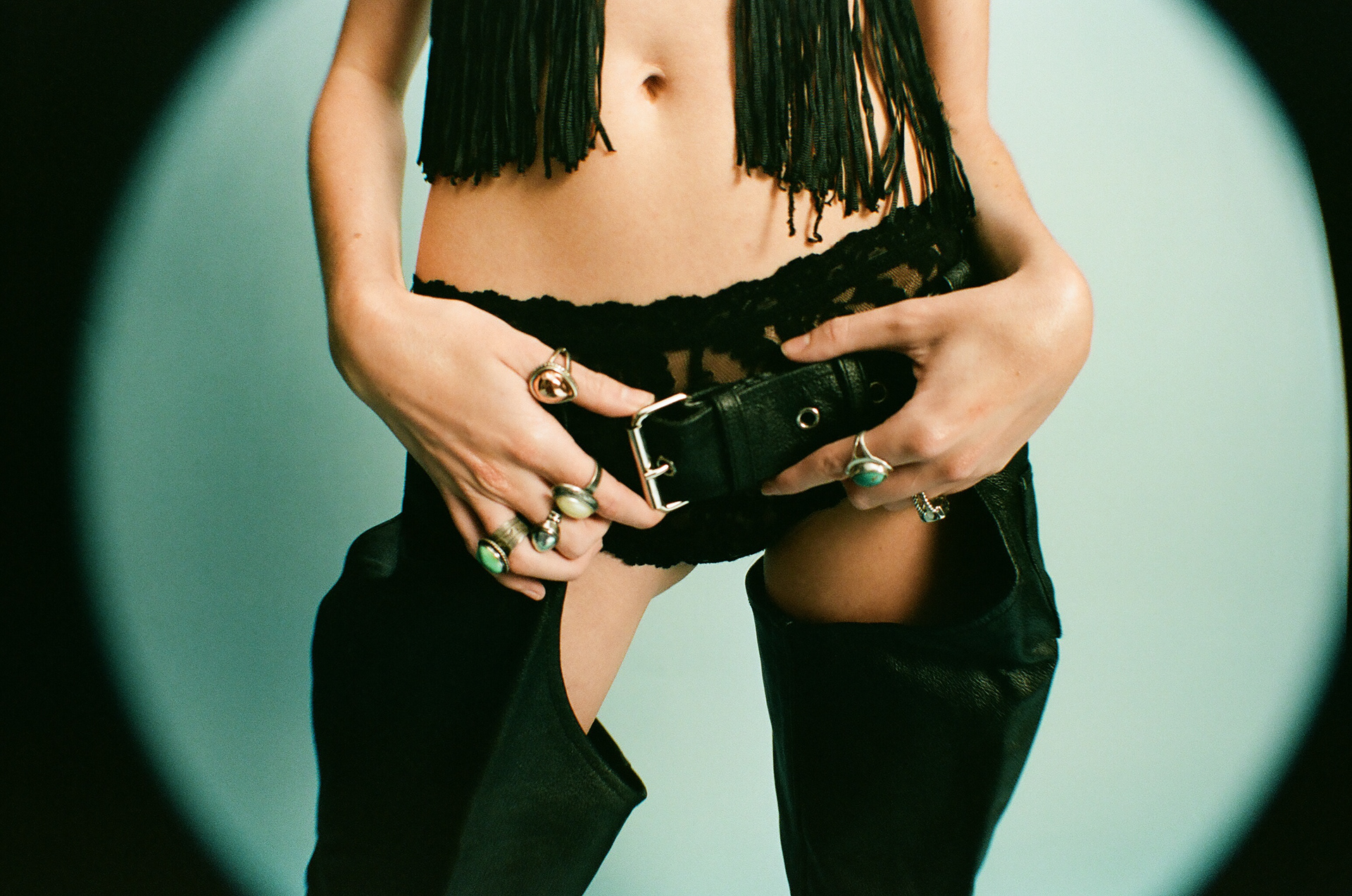
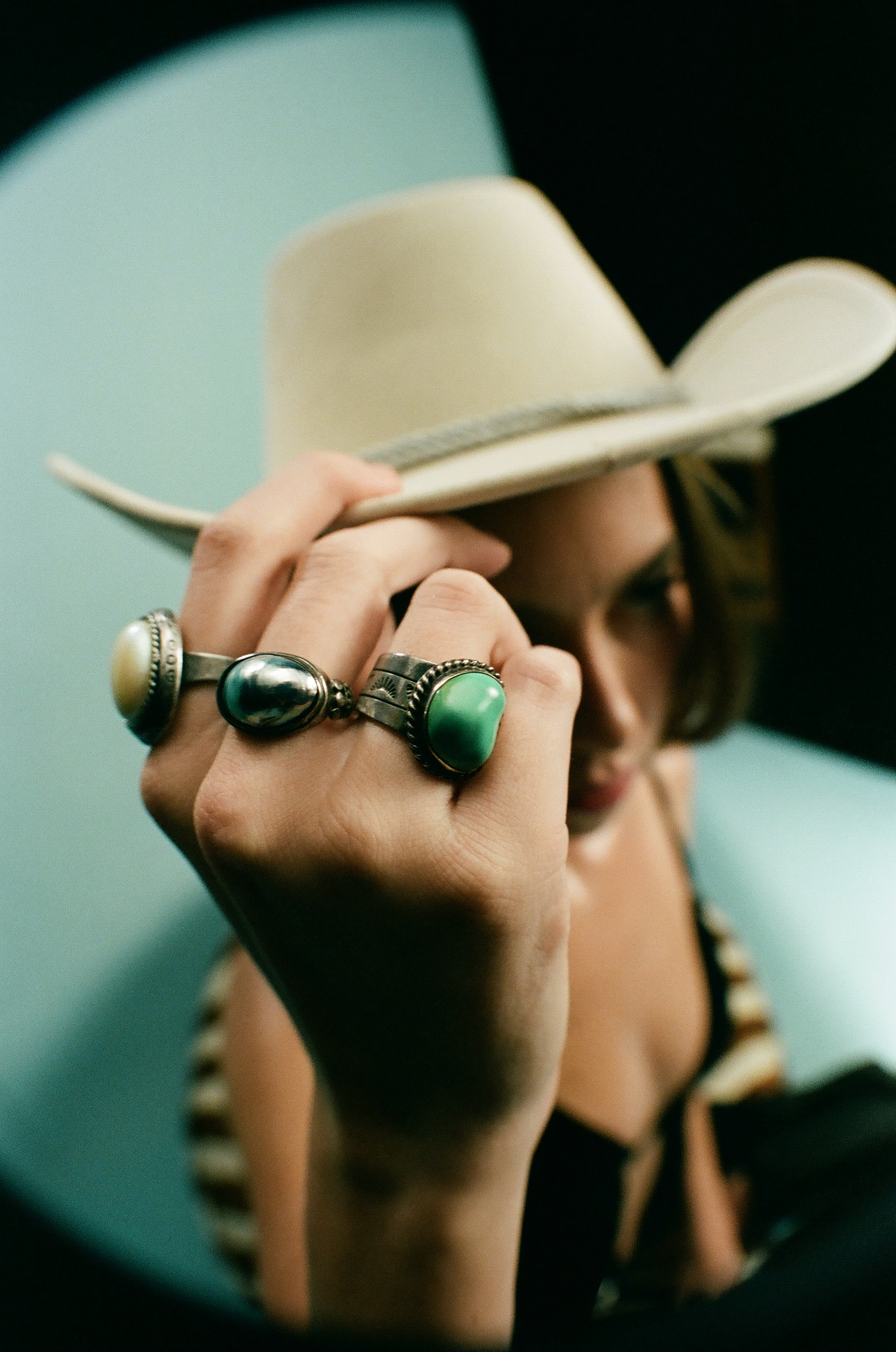
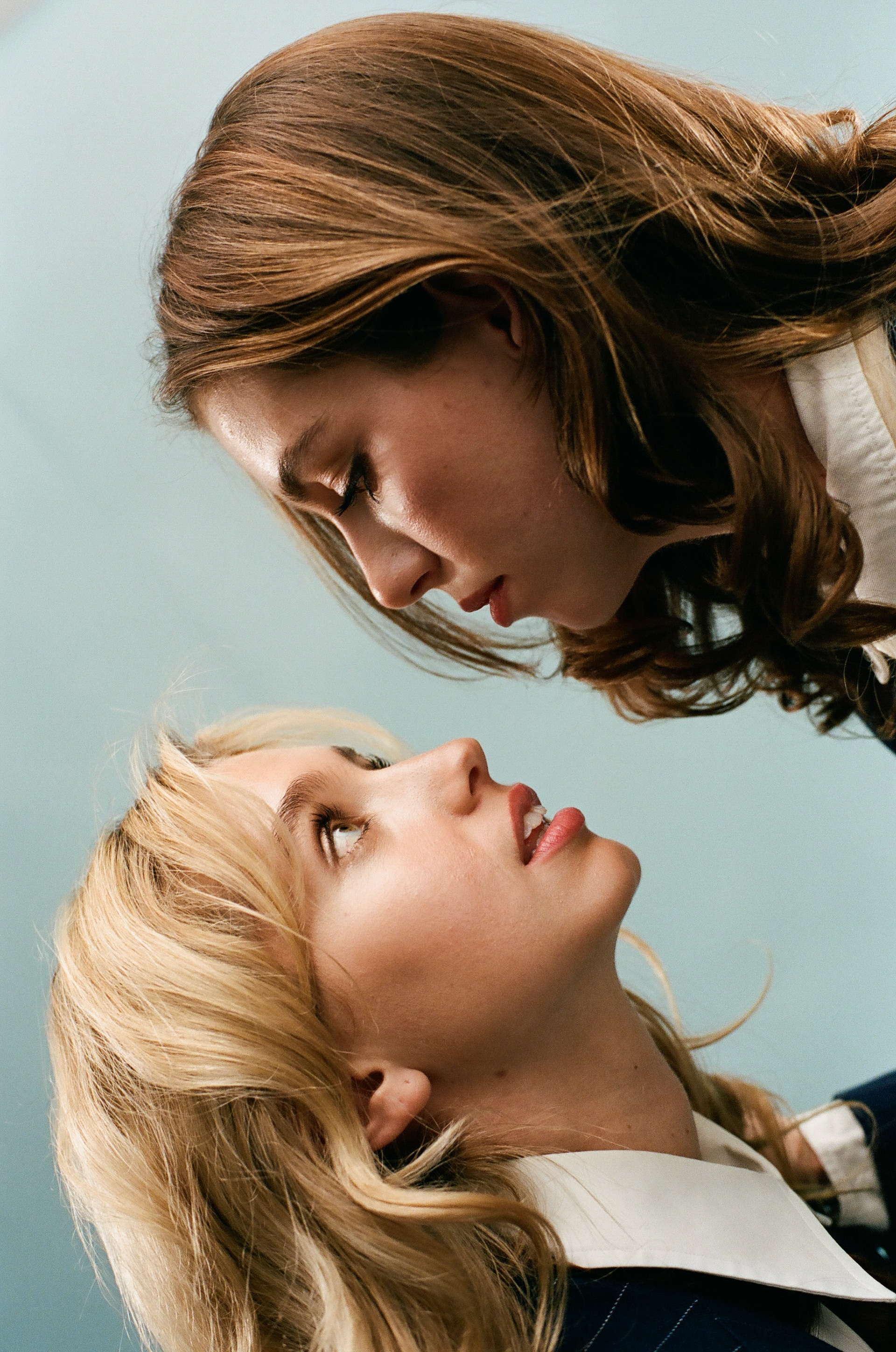
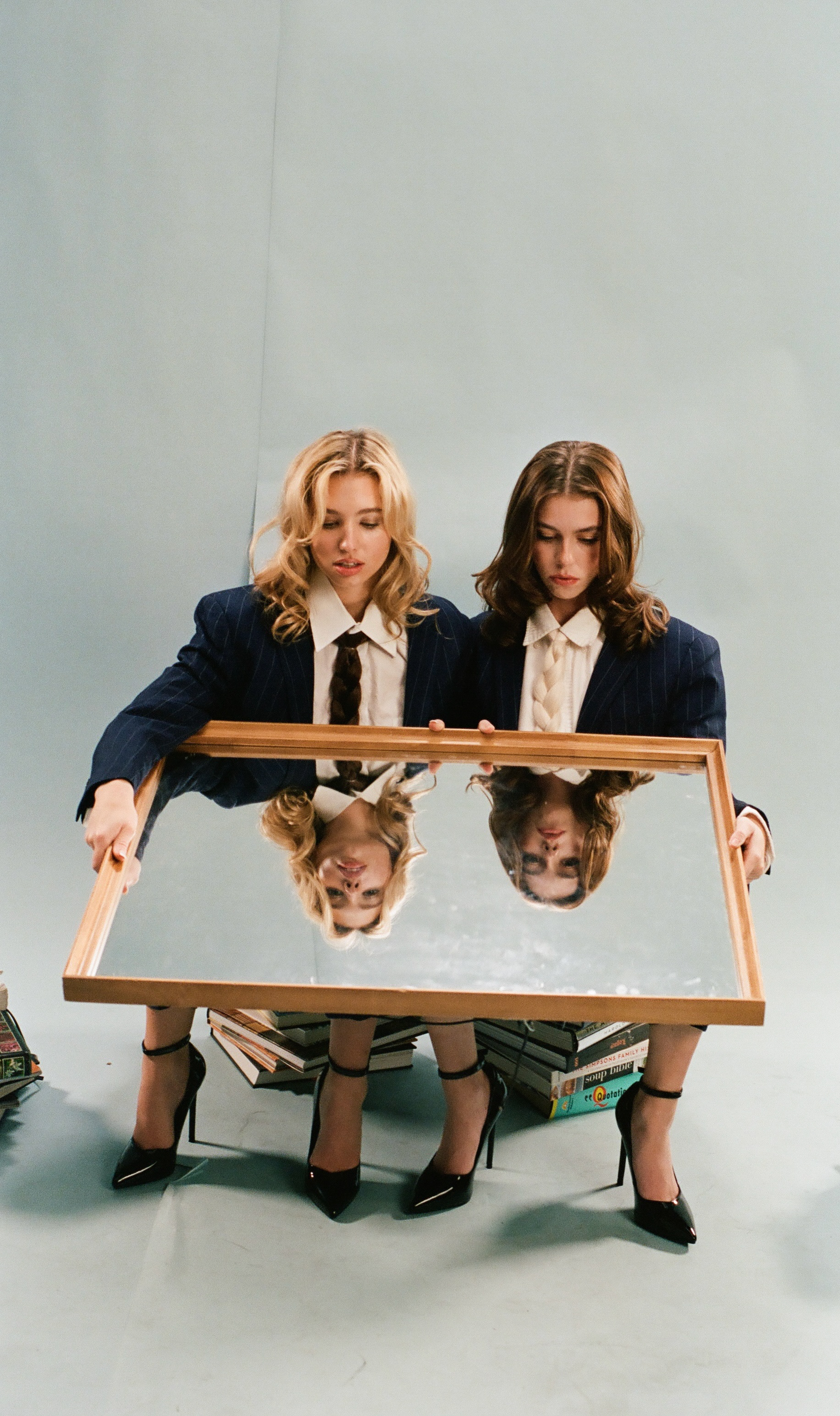






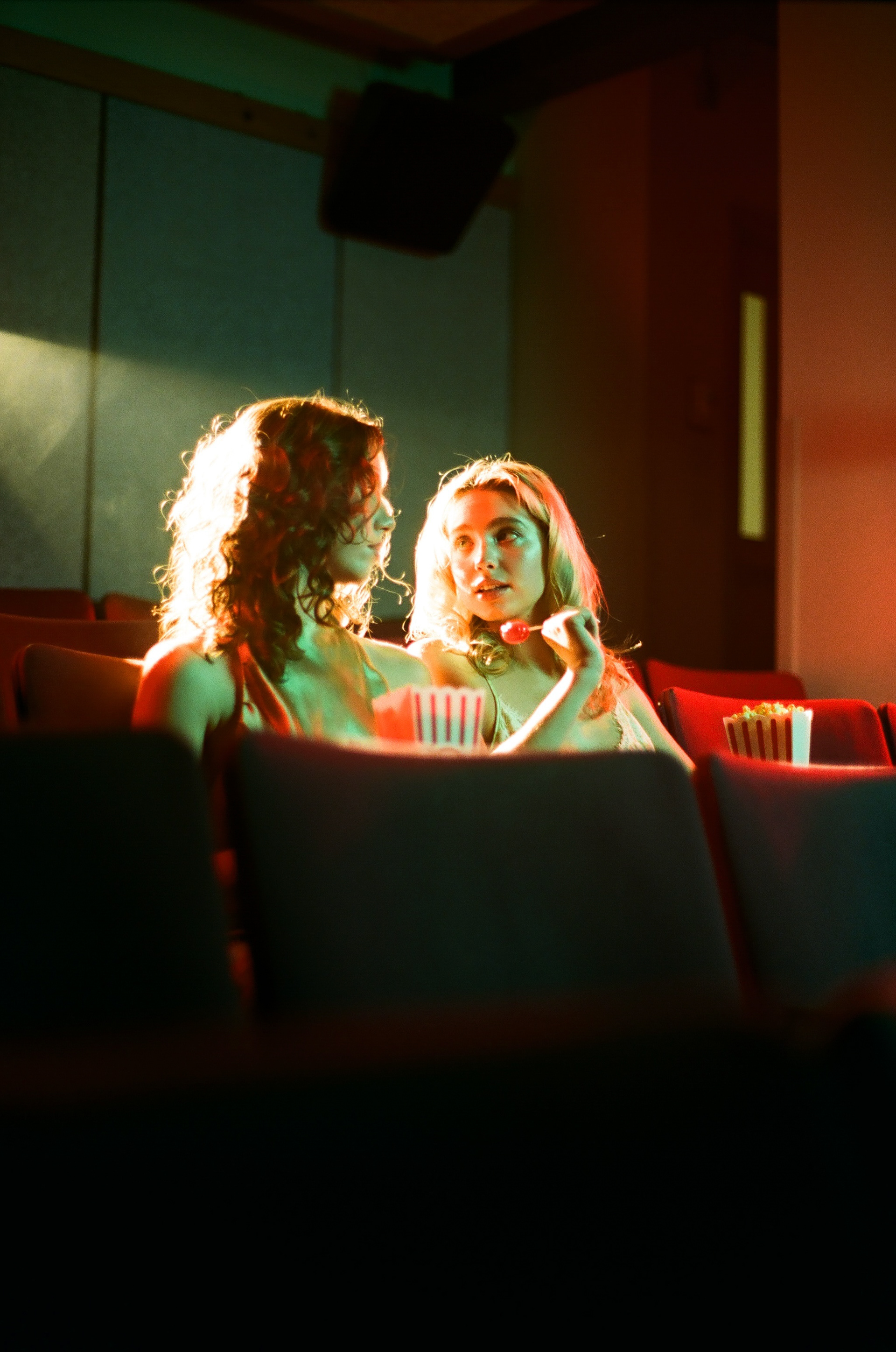
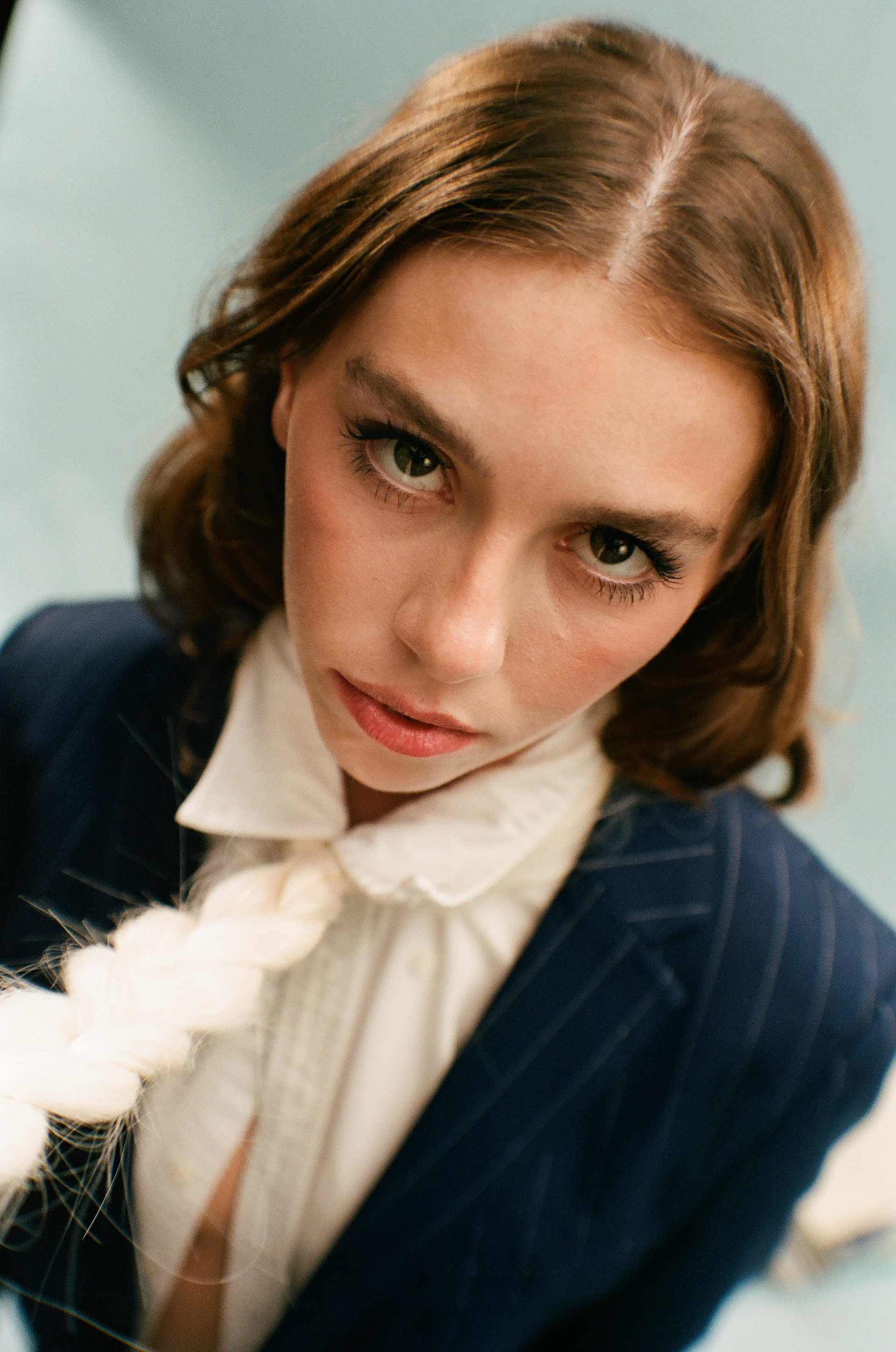


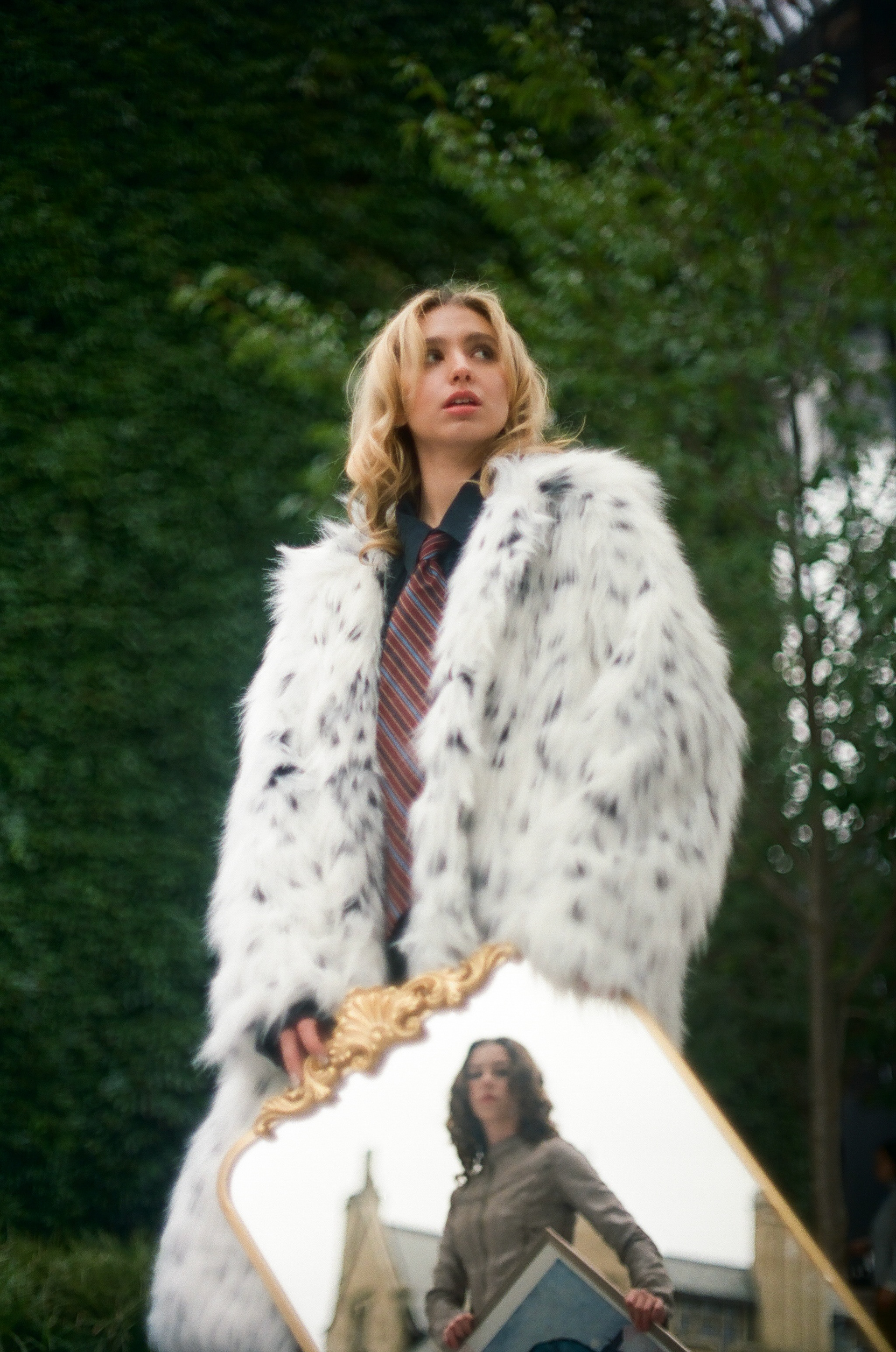
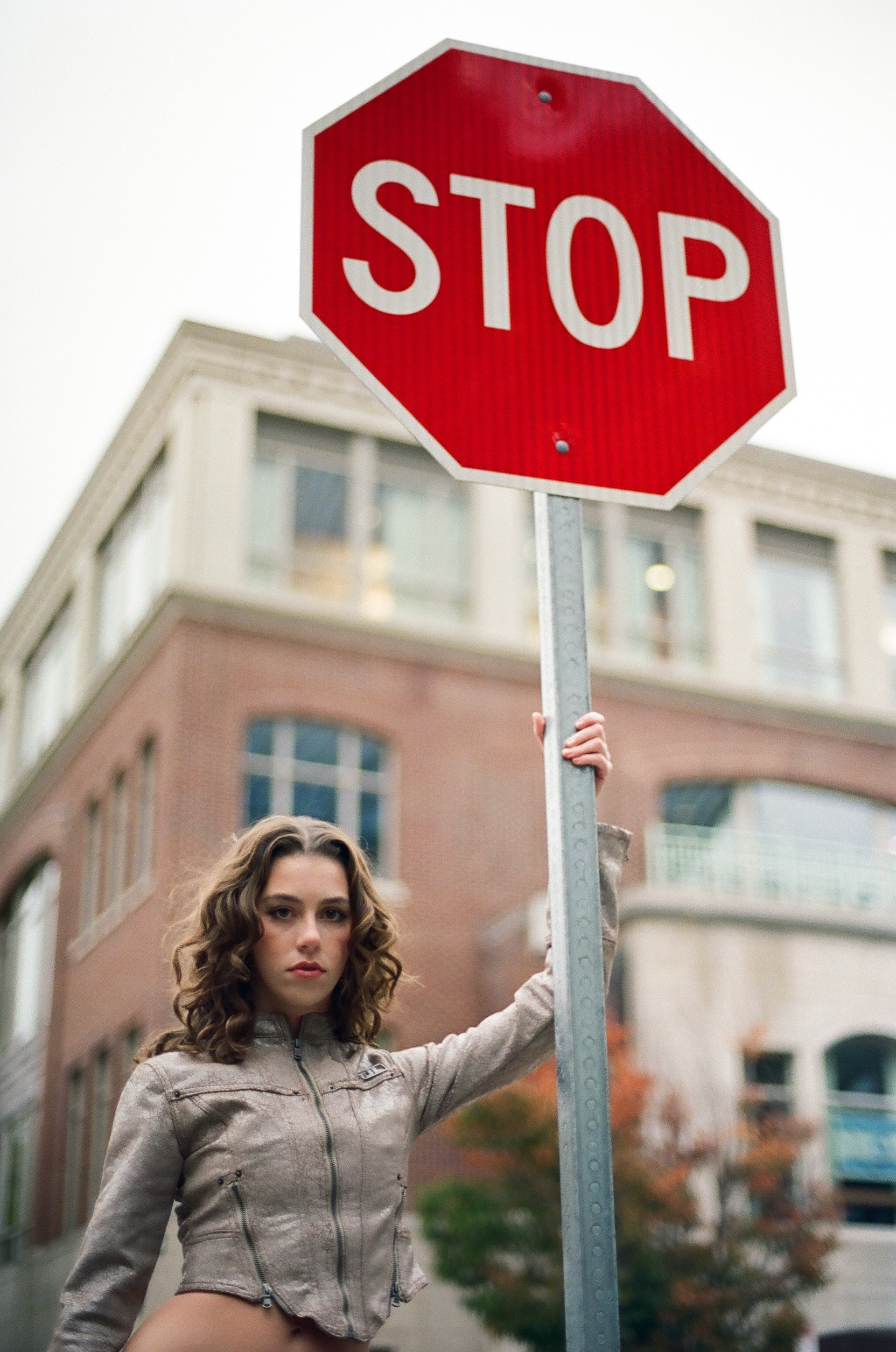
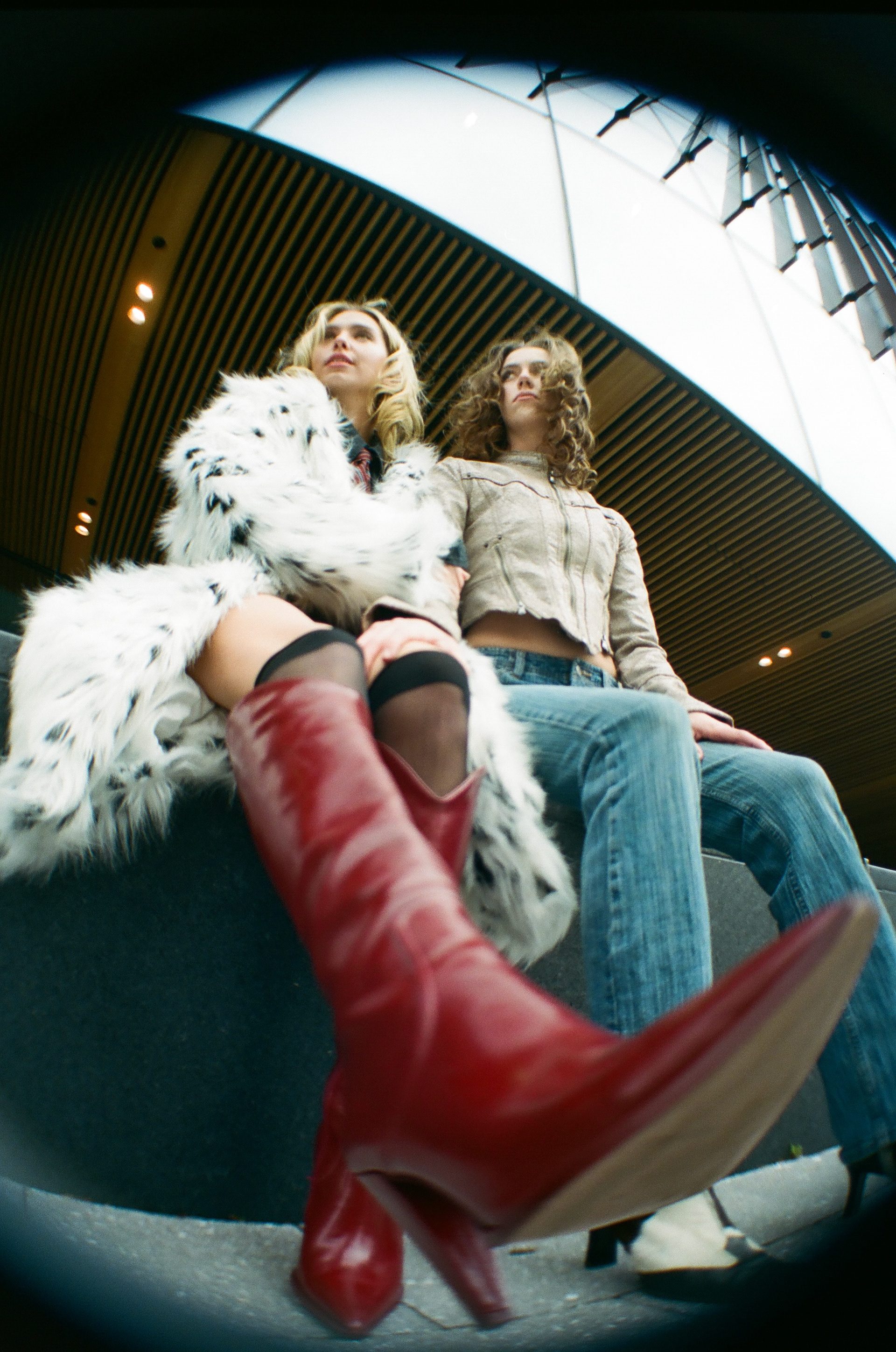
Creative direction came from Grace Roden, a talented and inspiring artist who brought vision and heart to the set. Together, we explored a range of visual scenarios with the beautiful and fearless talent of Lilia Buckingham and Emma Garner.
Kodak Portra 400:
is known for its soft grain, accurate skin tones, and wide dynamic range. It responds beautifully to natural and controlled light, giving warmth and subtle contrast while holding detail in both highlights and shadows. I used Portra for the more intimate and color-driven moments, where tonal balance and texture were key.
Japan Camera Hunter Streetpan 400:
is a high-contrast black and white film with fine grain and deep, rich blacks. It offers a slightly cinematic look with sharp edge definition, making it ideal for dramatic lighting setups. I chose Streetpan for its ability to exaggerate shadows and sculpt faces and forms with light, giving a timeless, noir-like energy to the compositions.
Together, these two films allowed the shoot to shift between emotional tones and visual styles while staying cohesive. It was about capturing presence, attitude, and aesthetic through two lenses—one vibrant and romantic, the other bold and stark.
BTS Photography
Niccola also works as a behind-the-scenes photographer on film sets, capturing the quiet intensity and unexpected poetry of the process.
